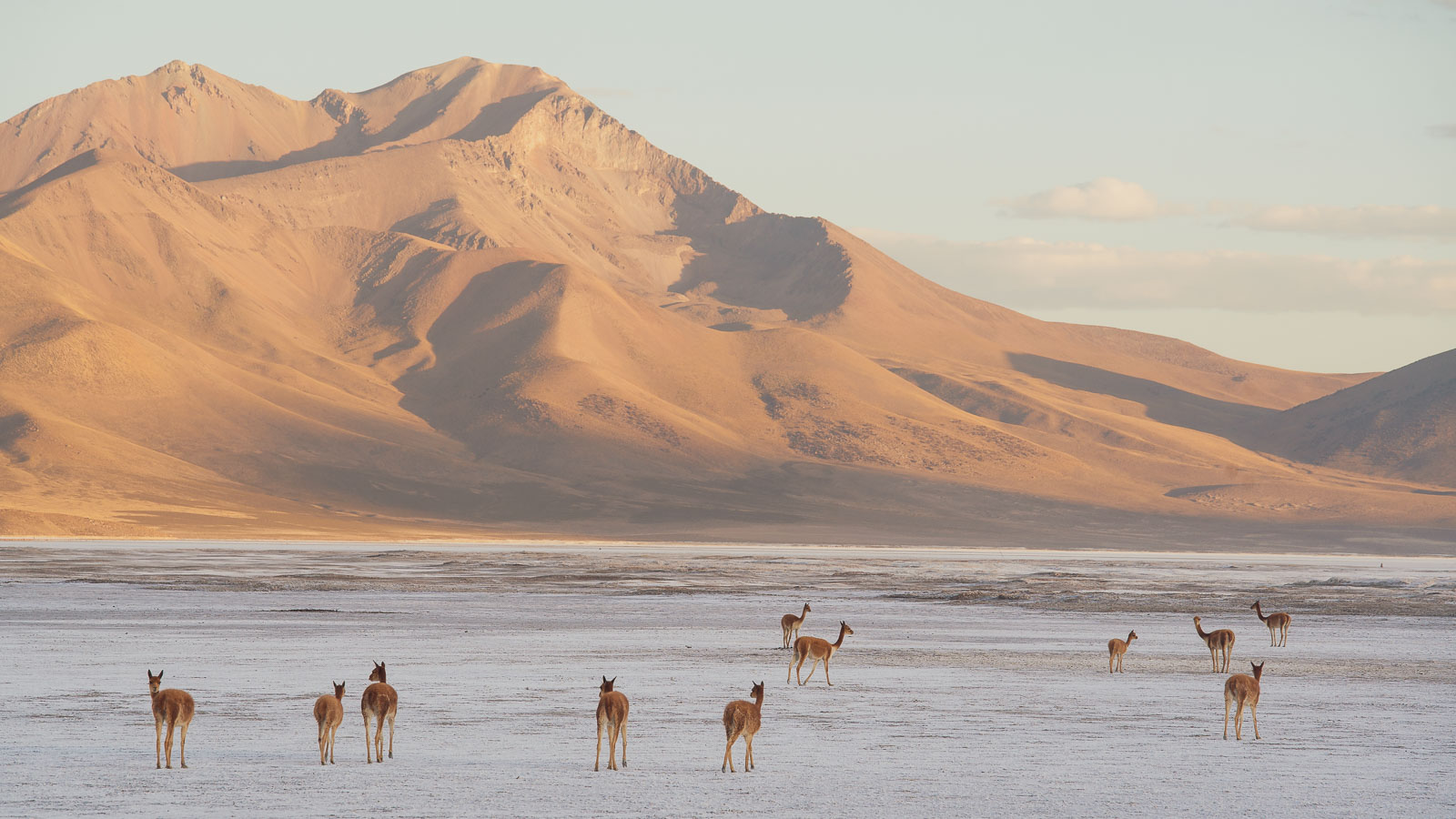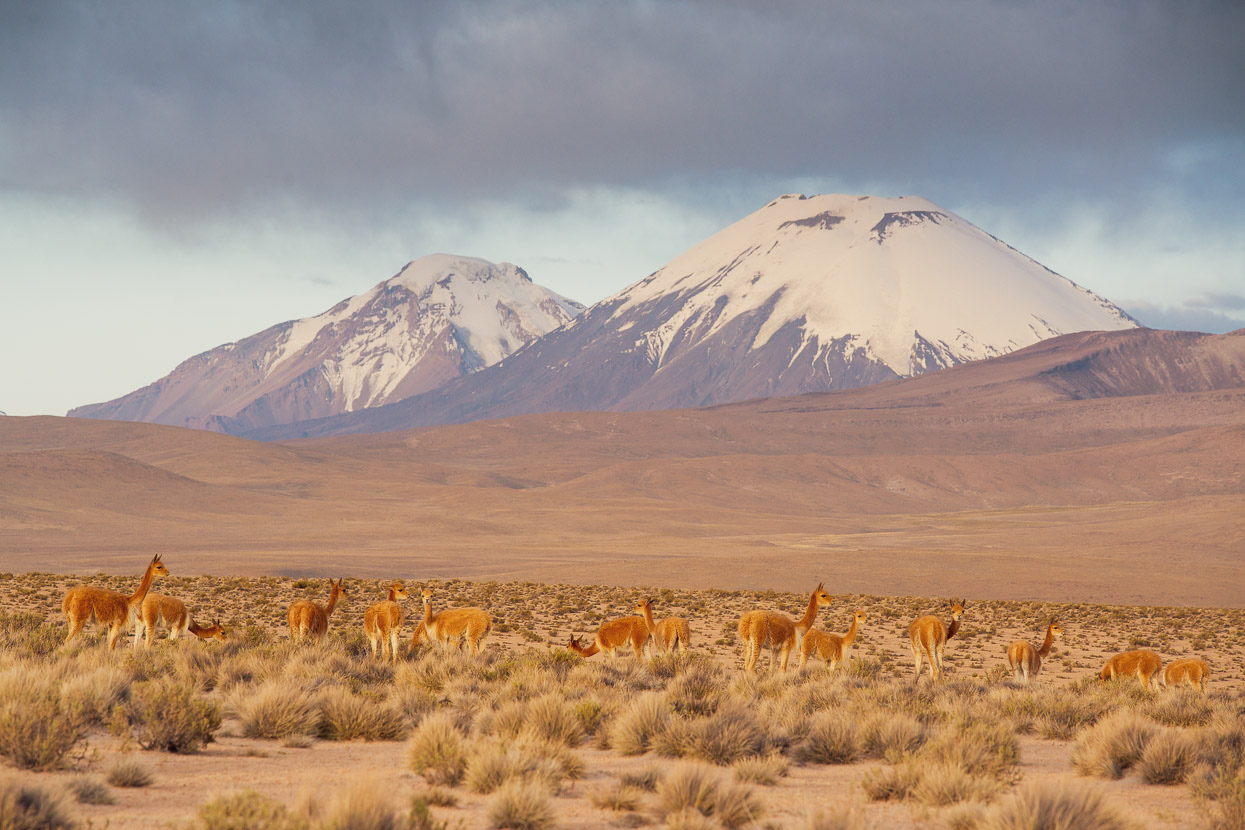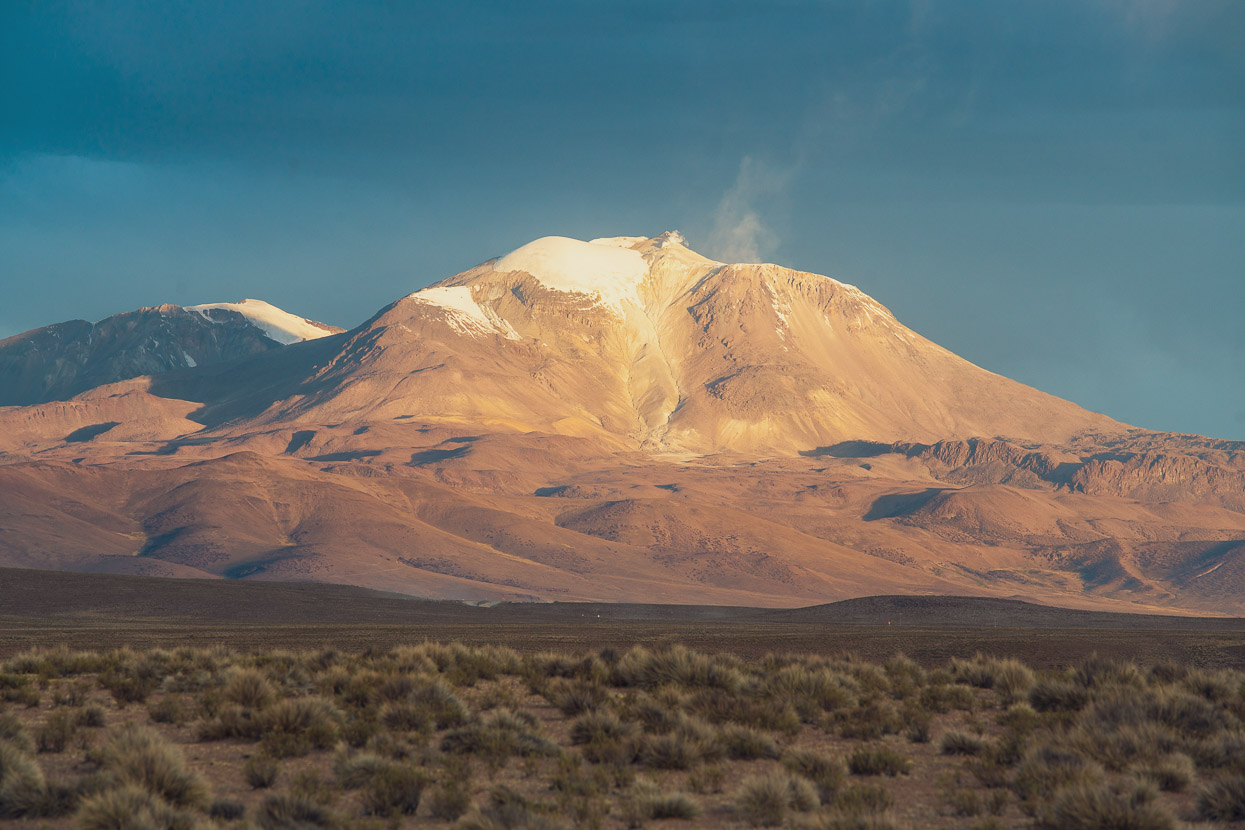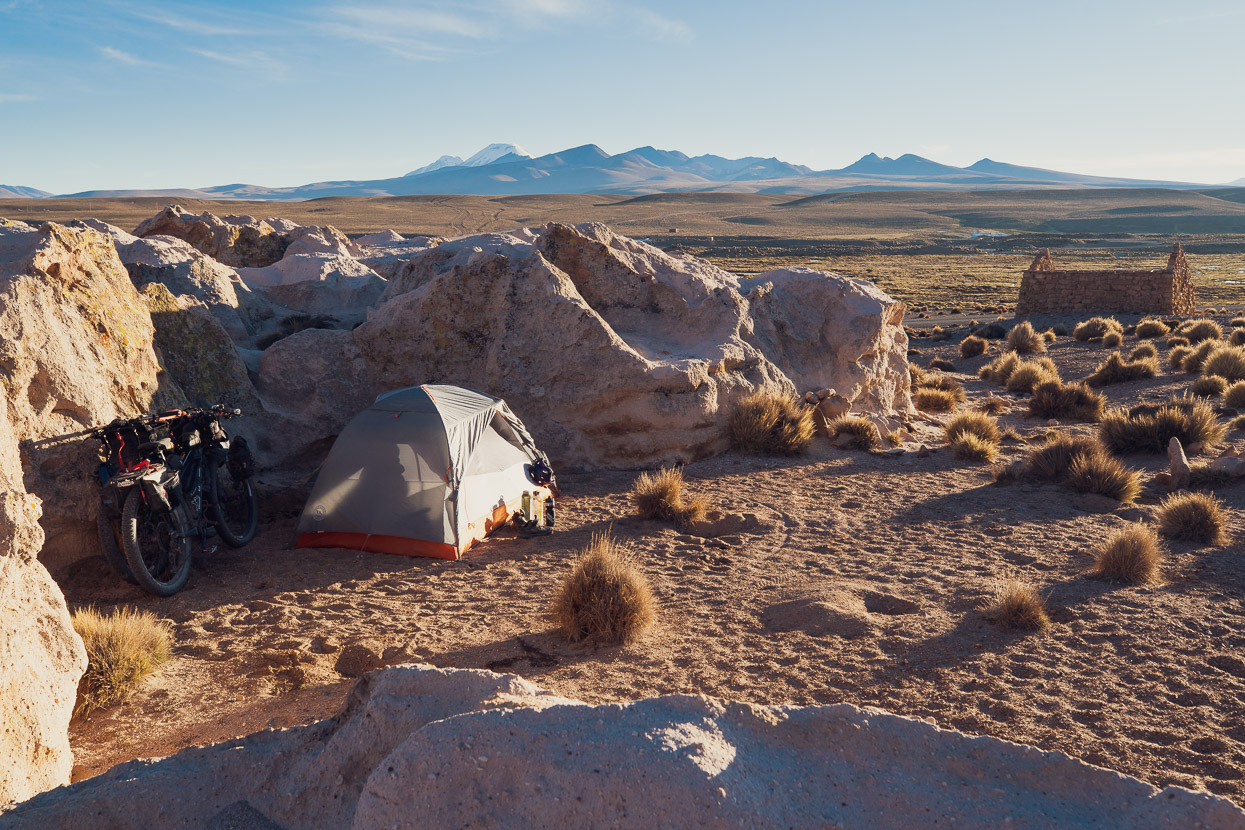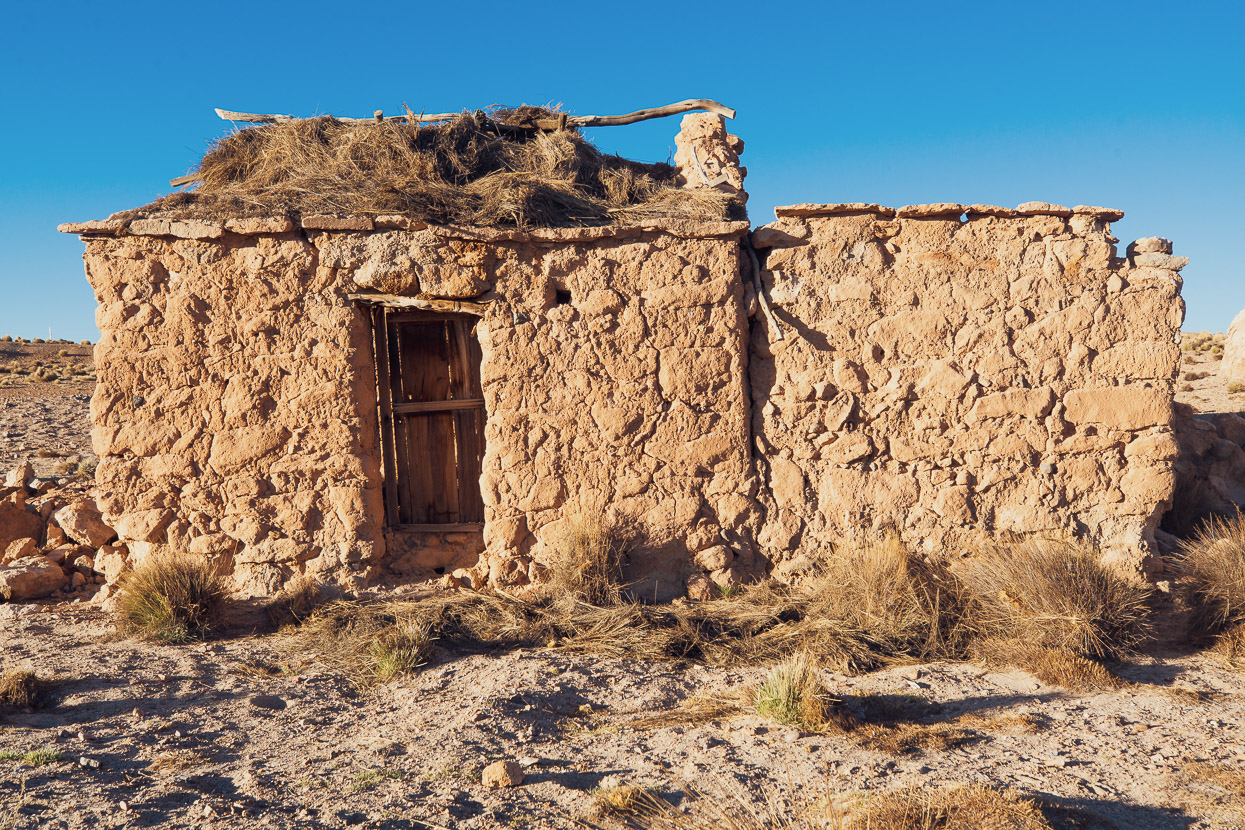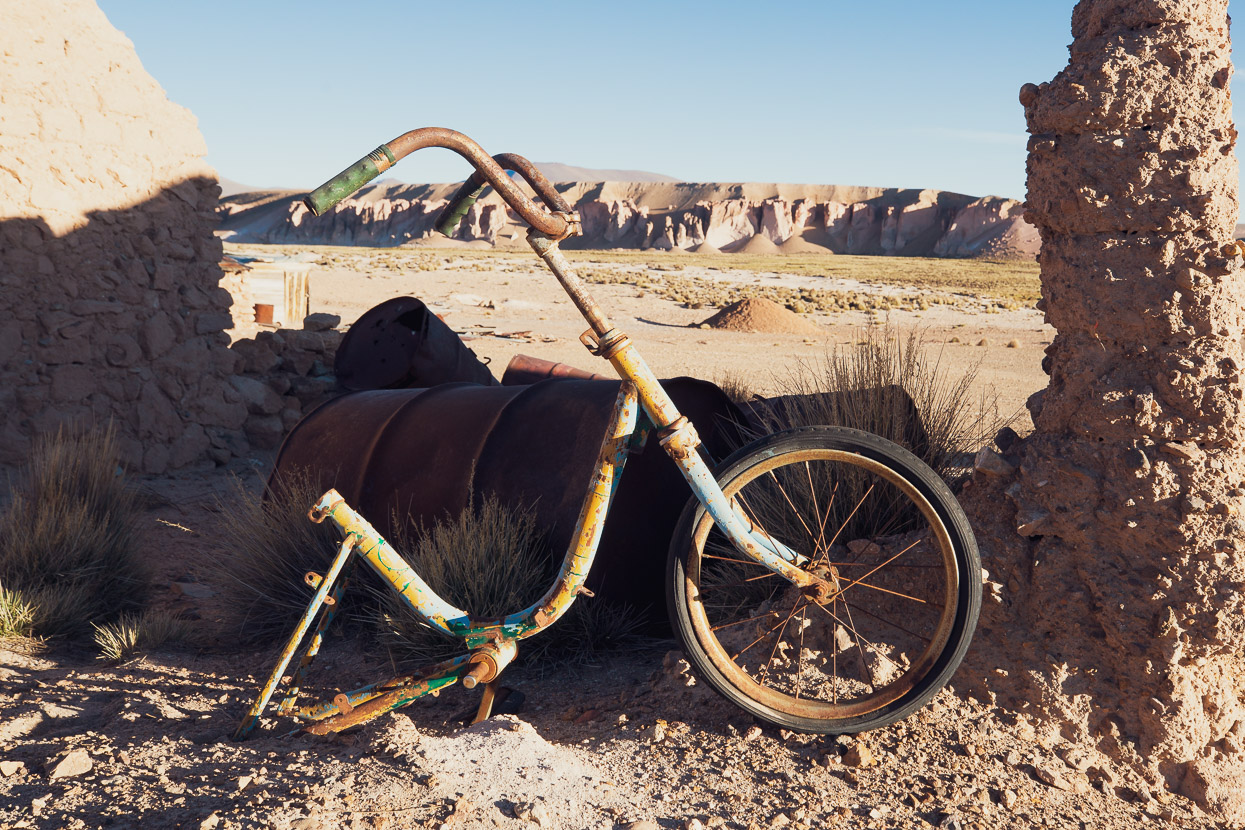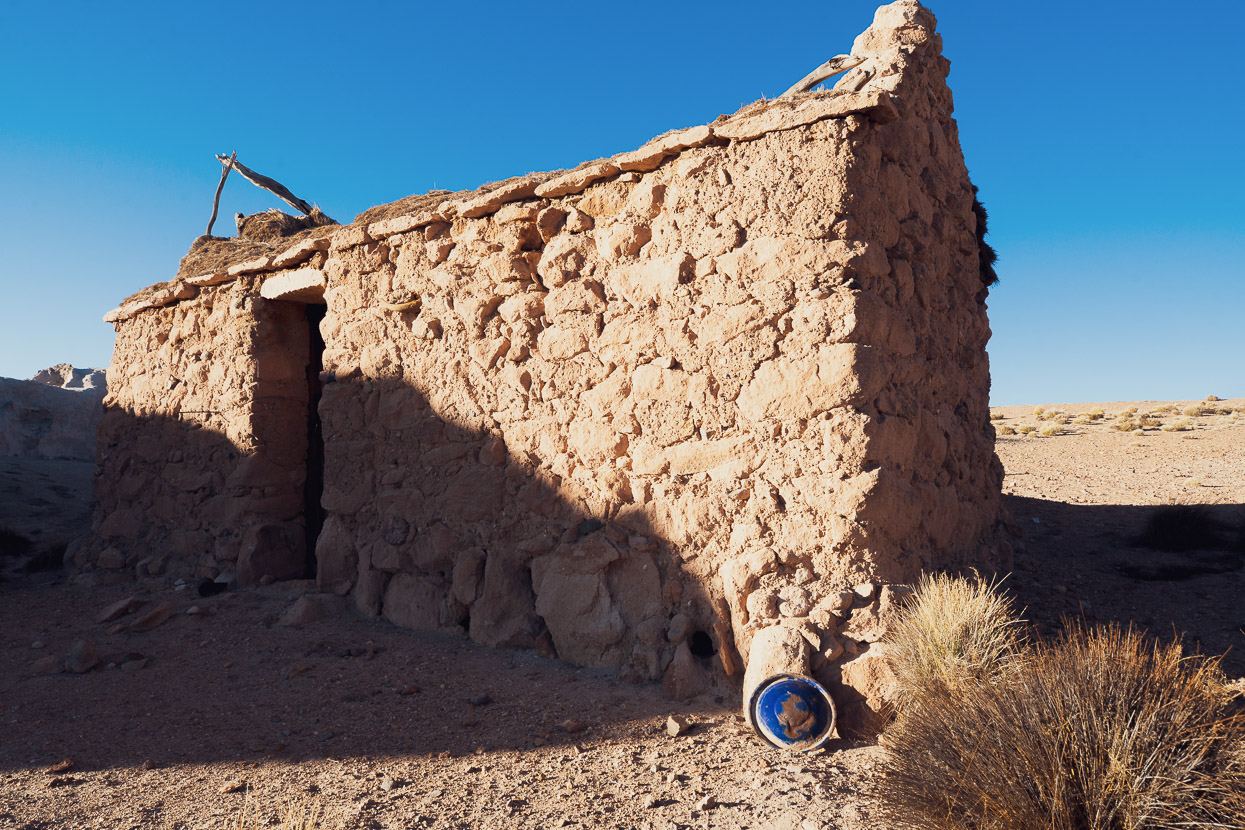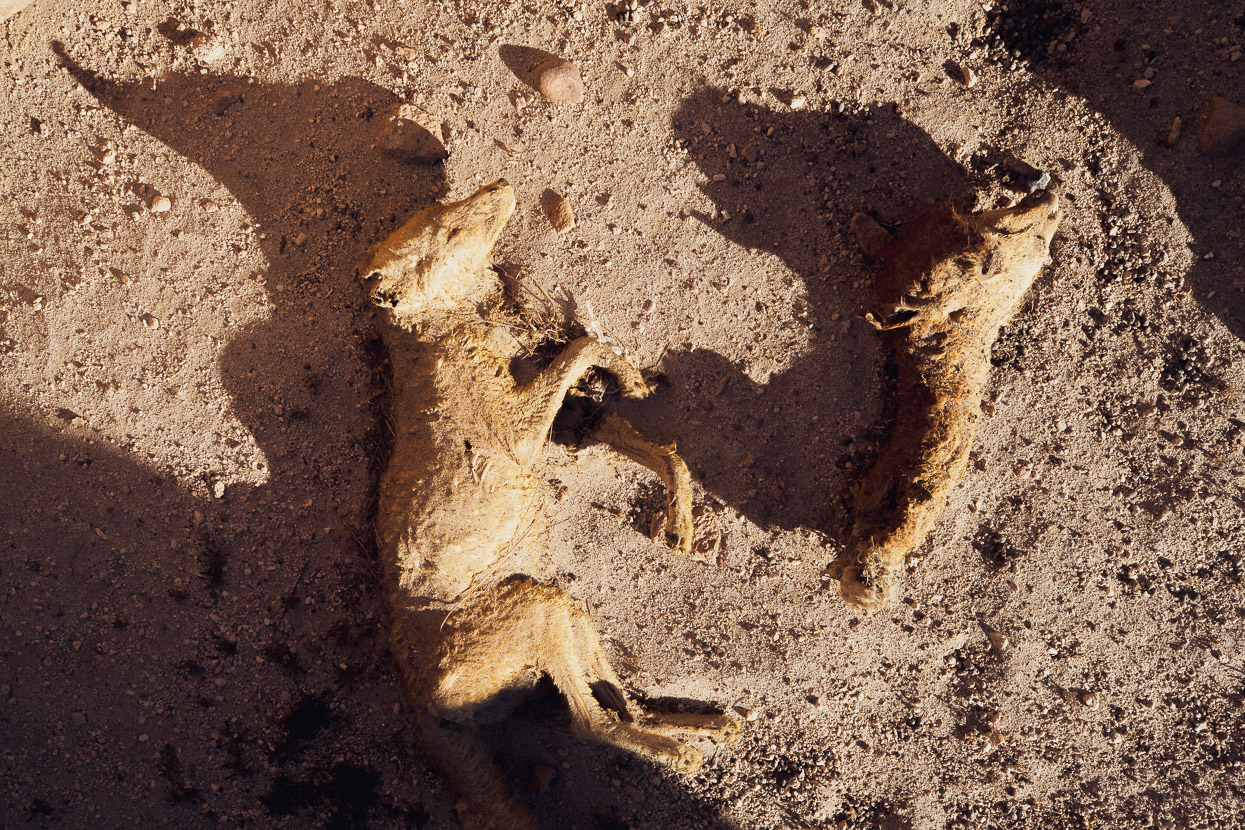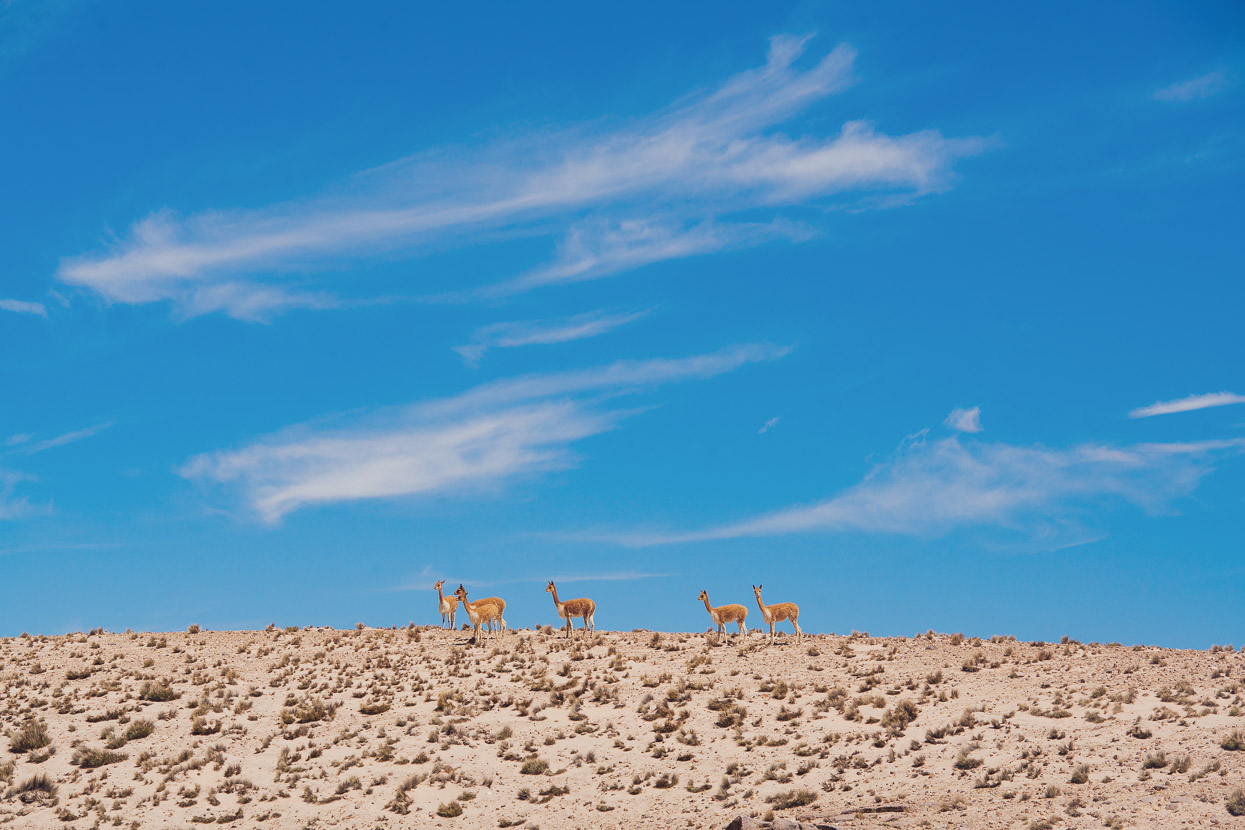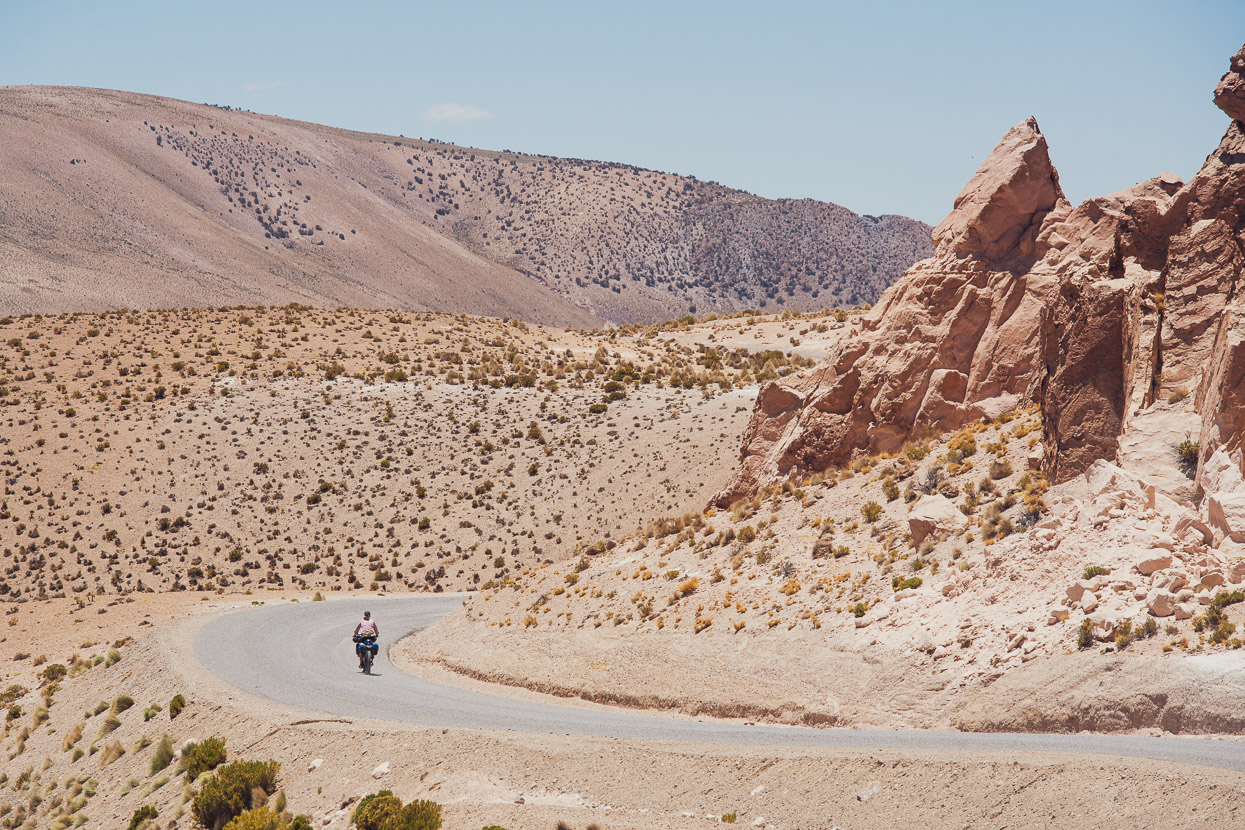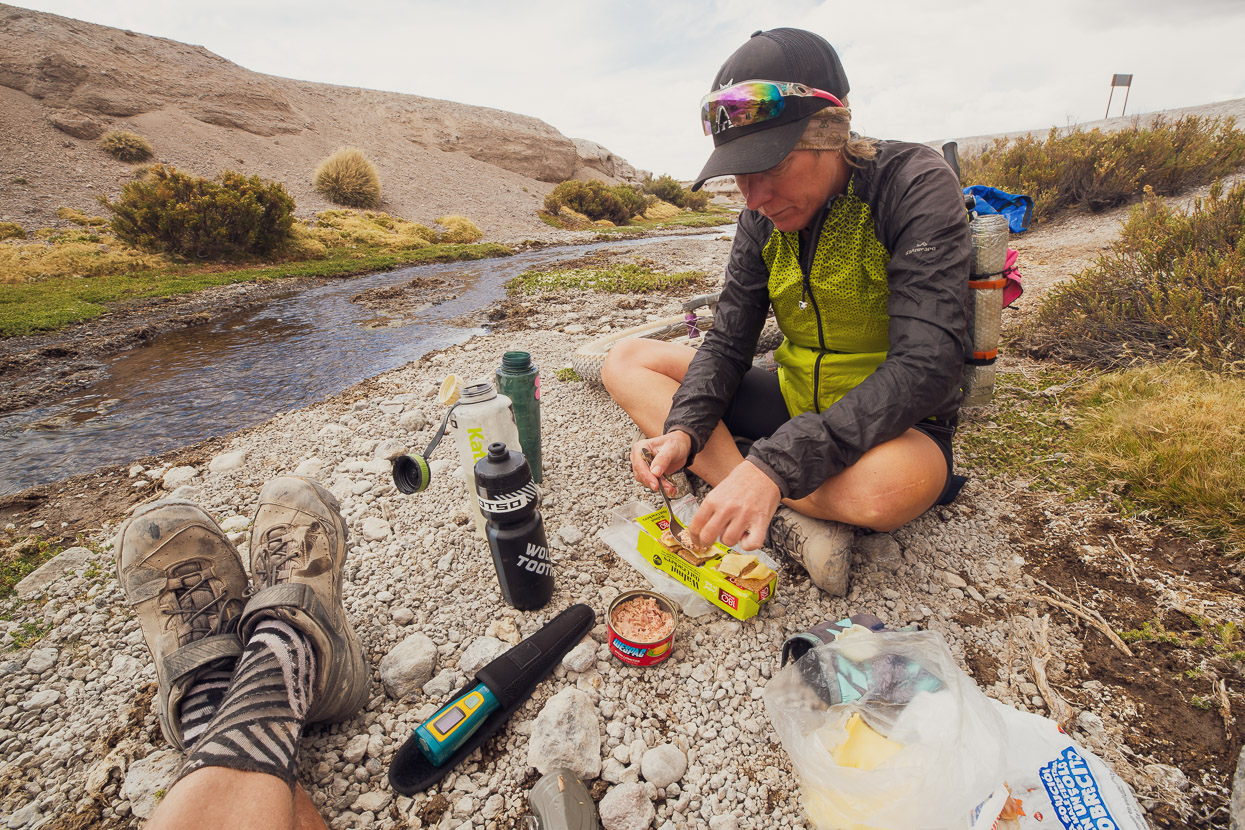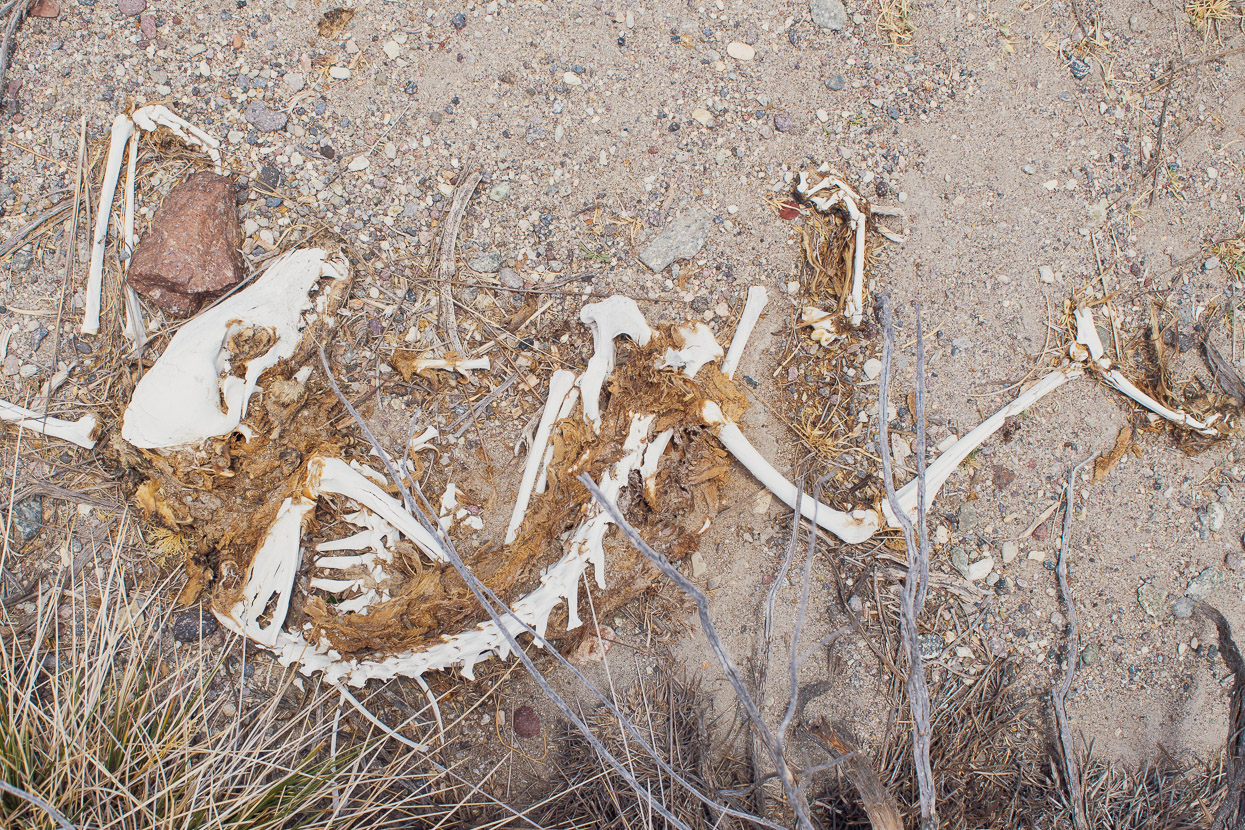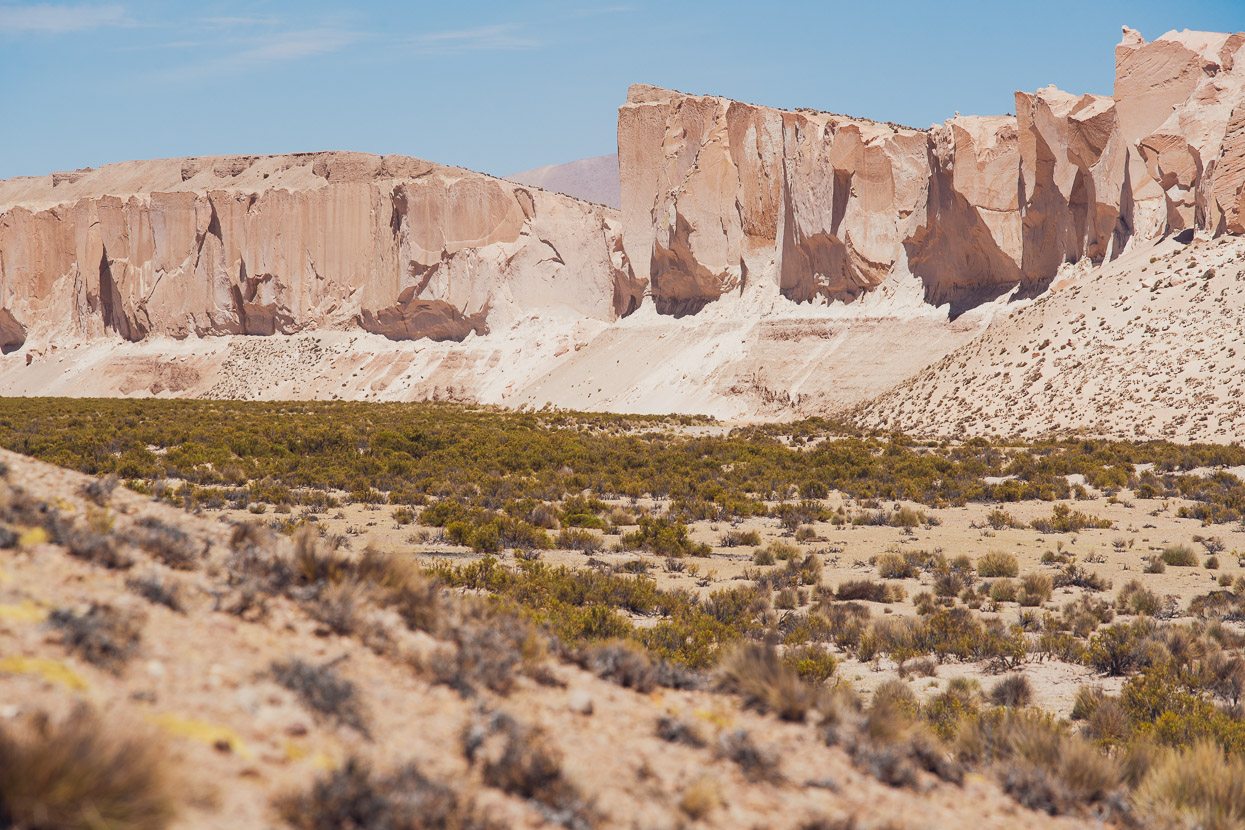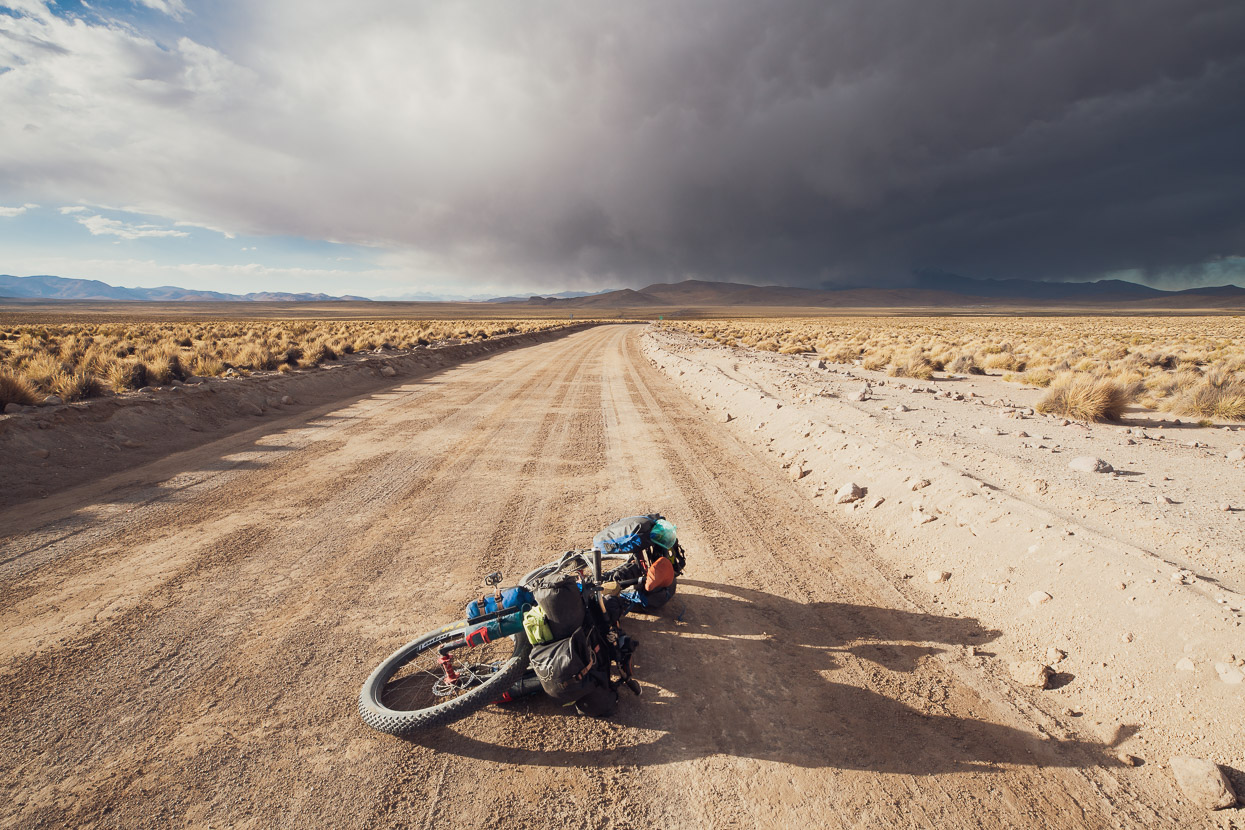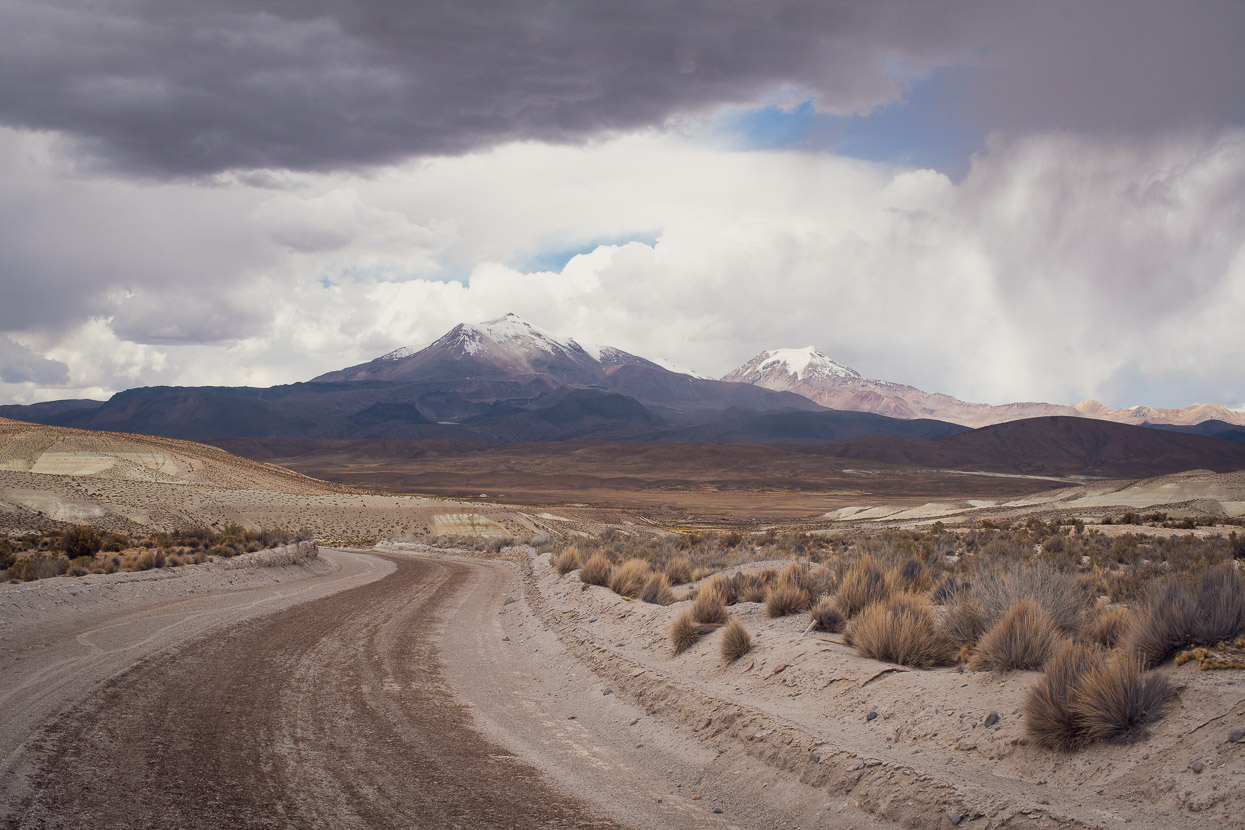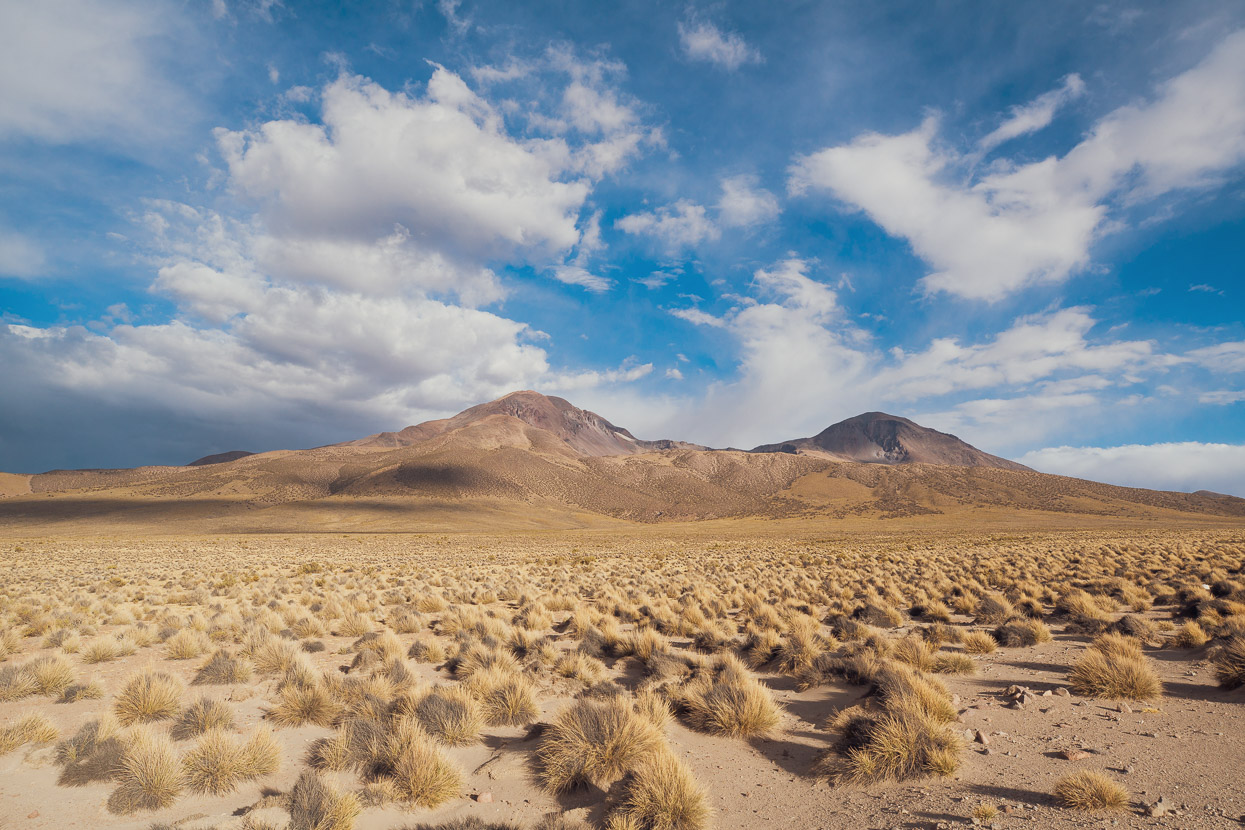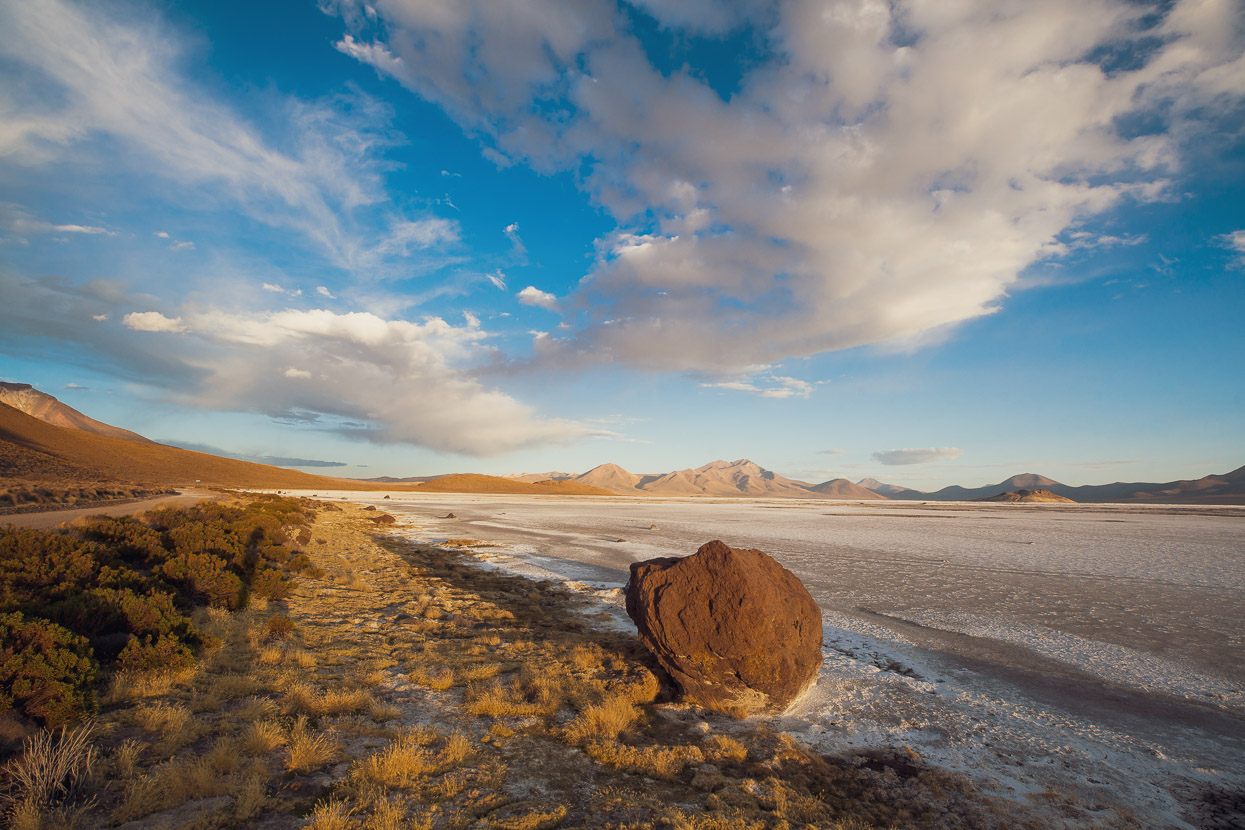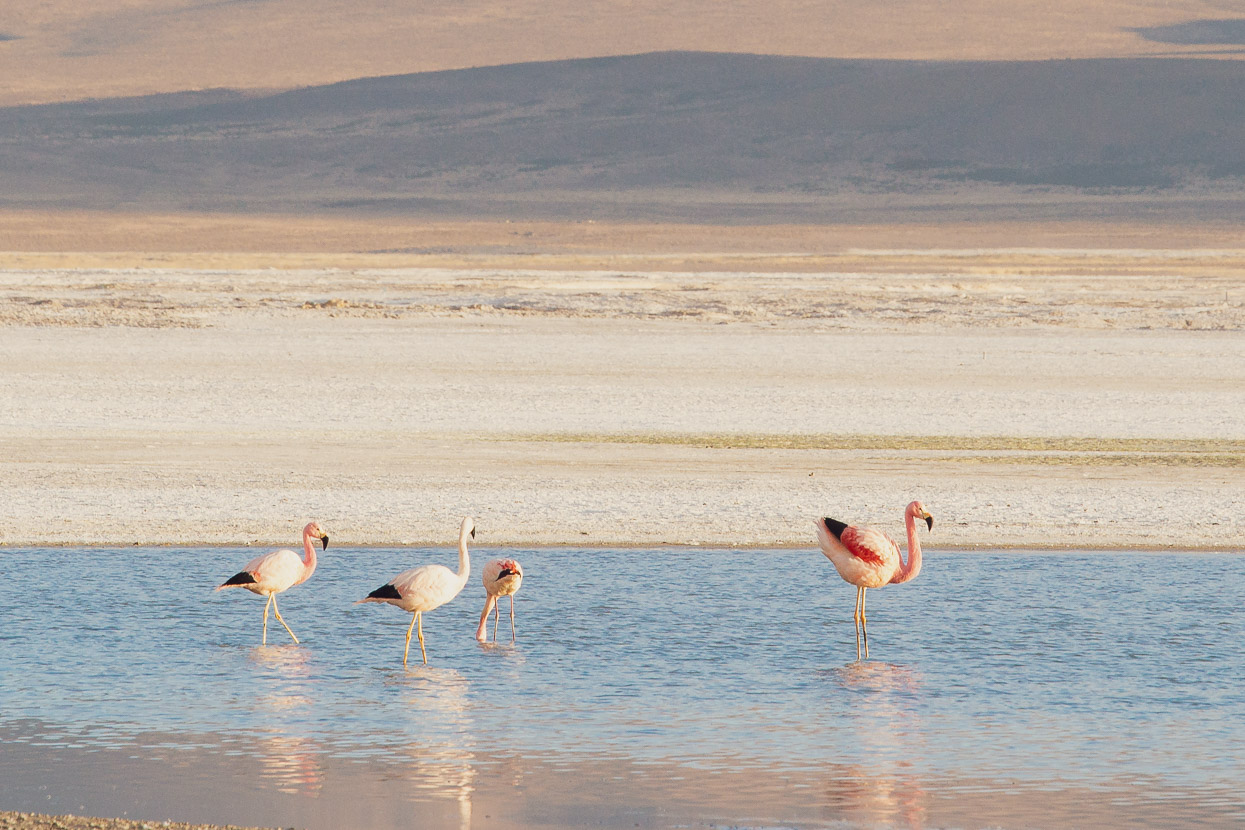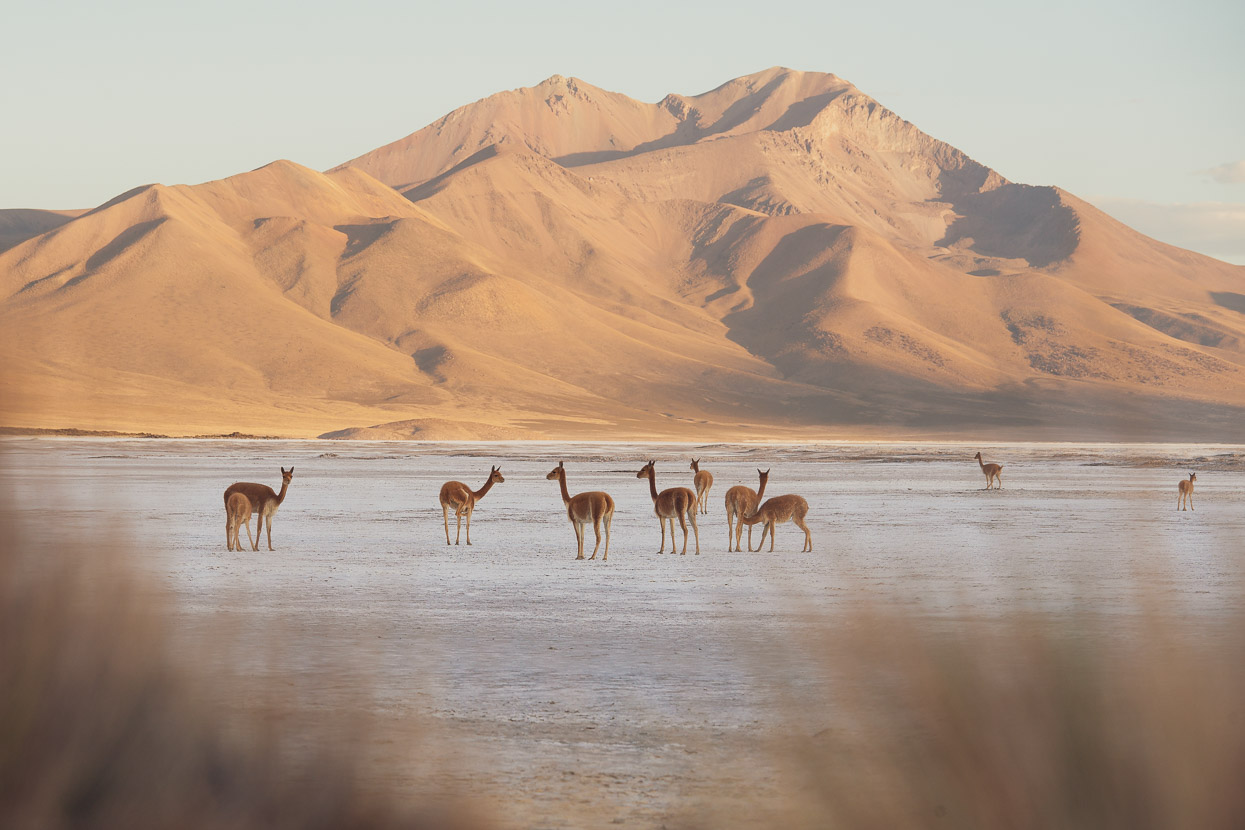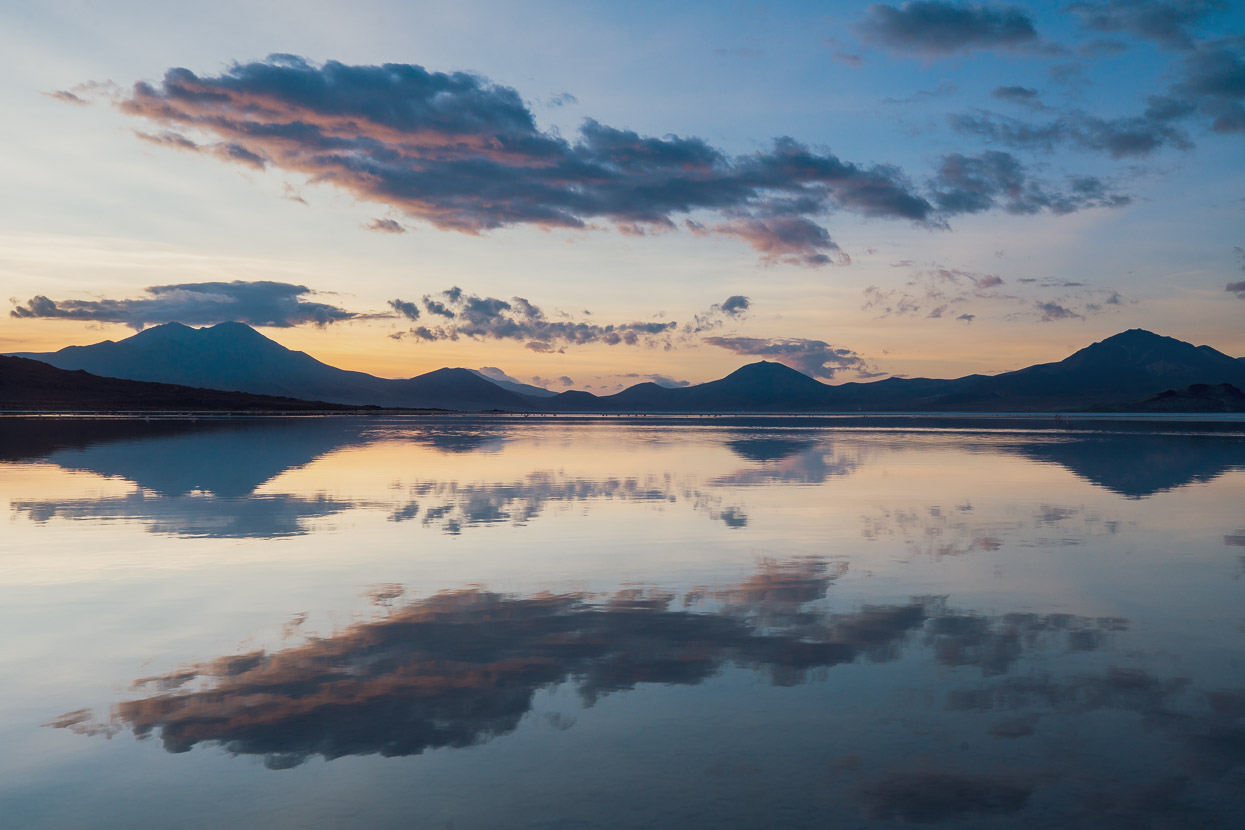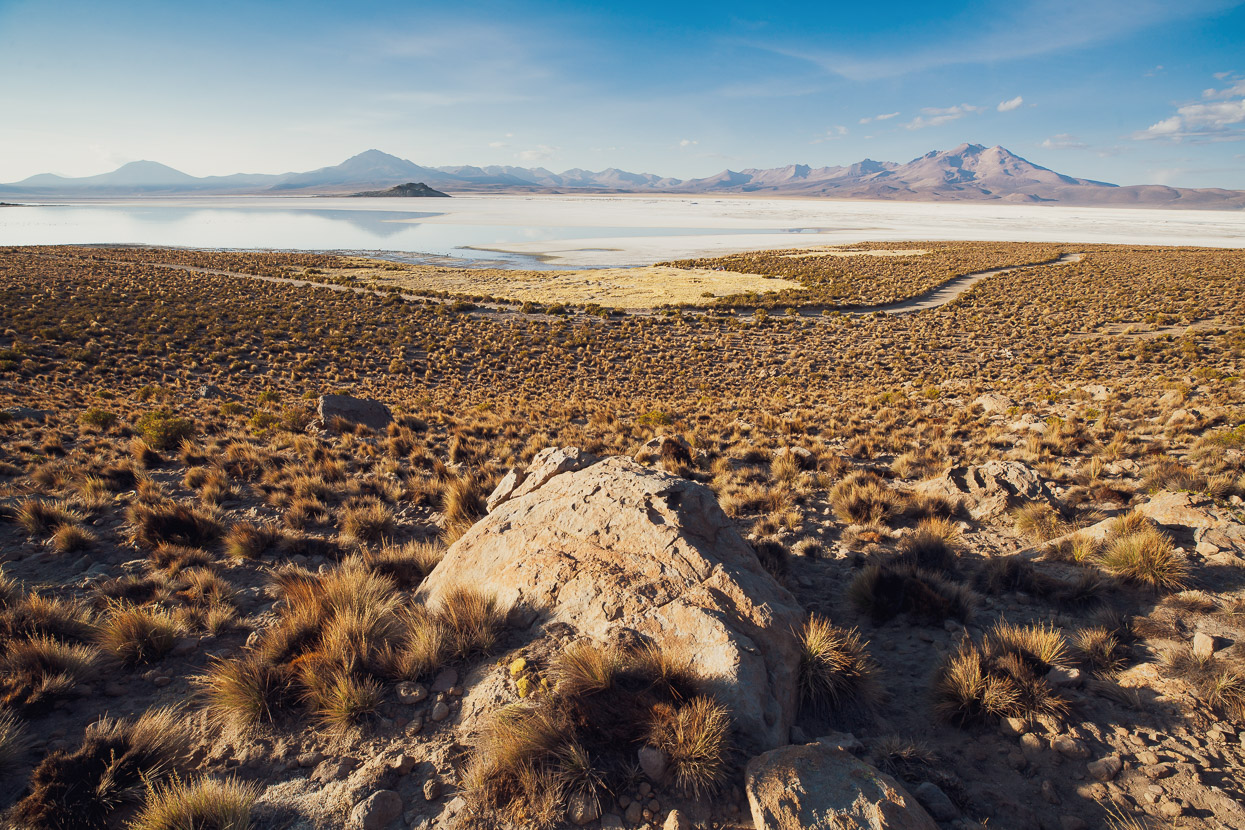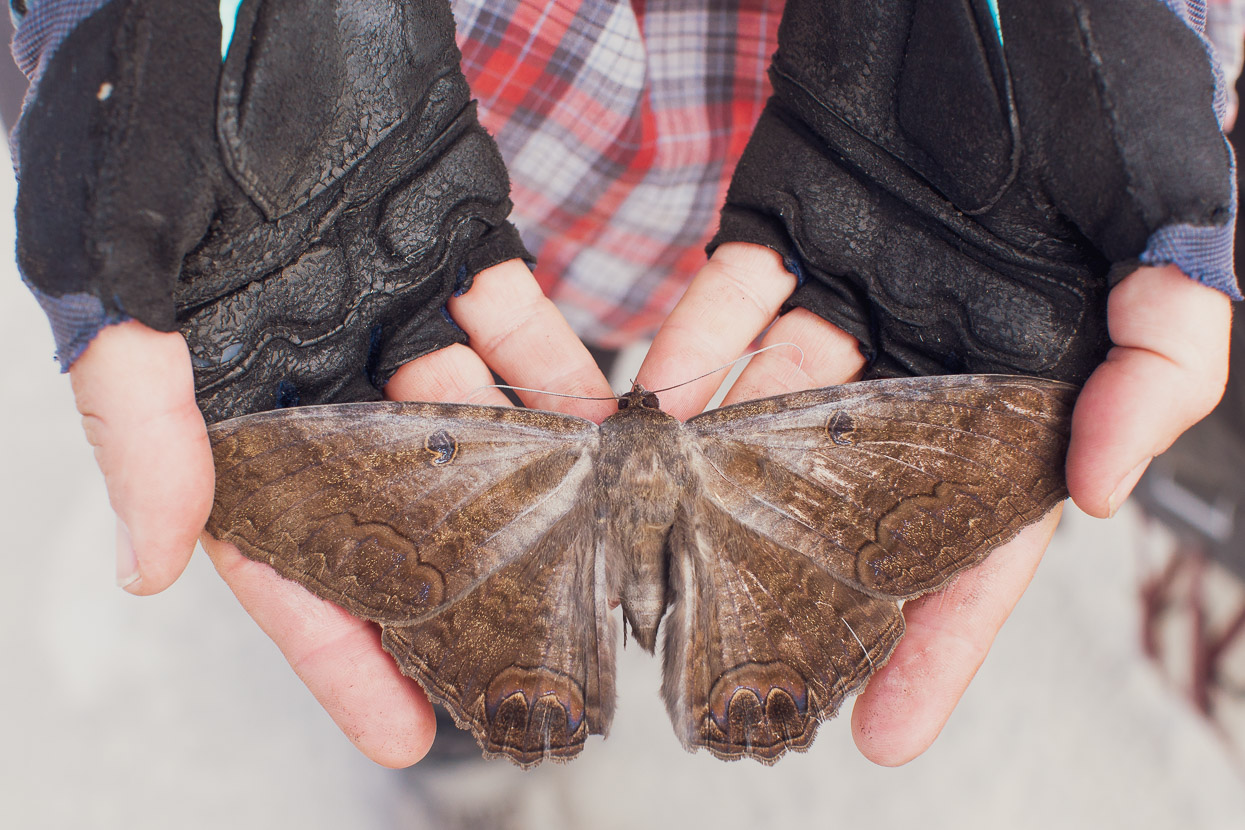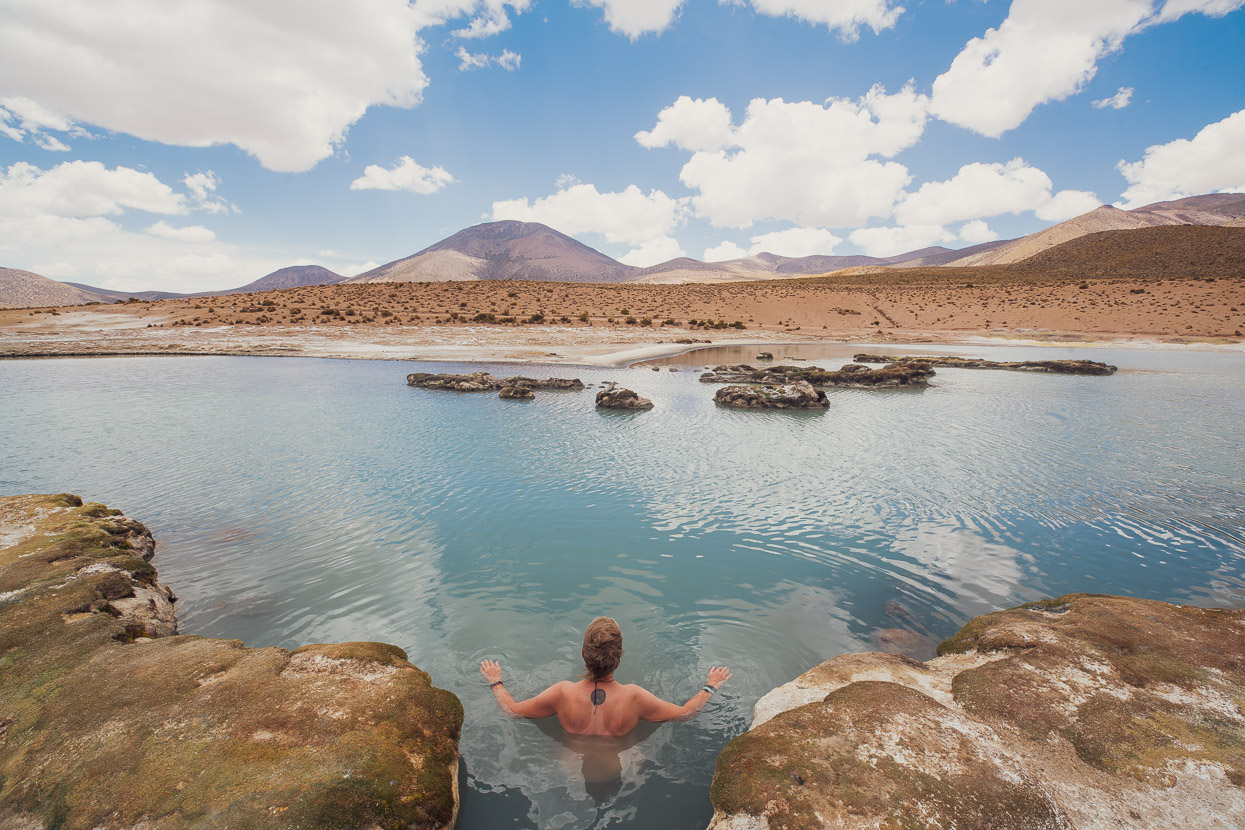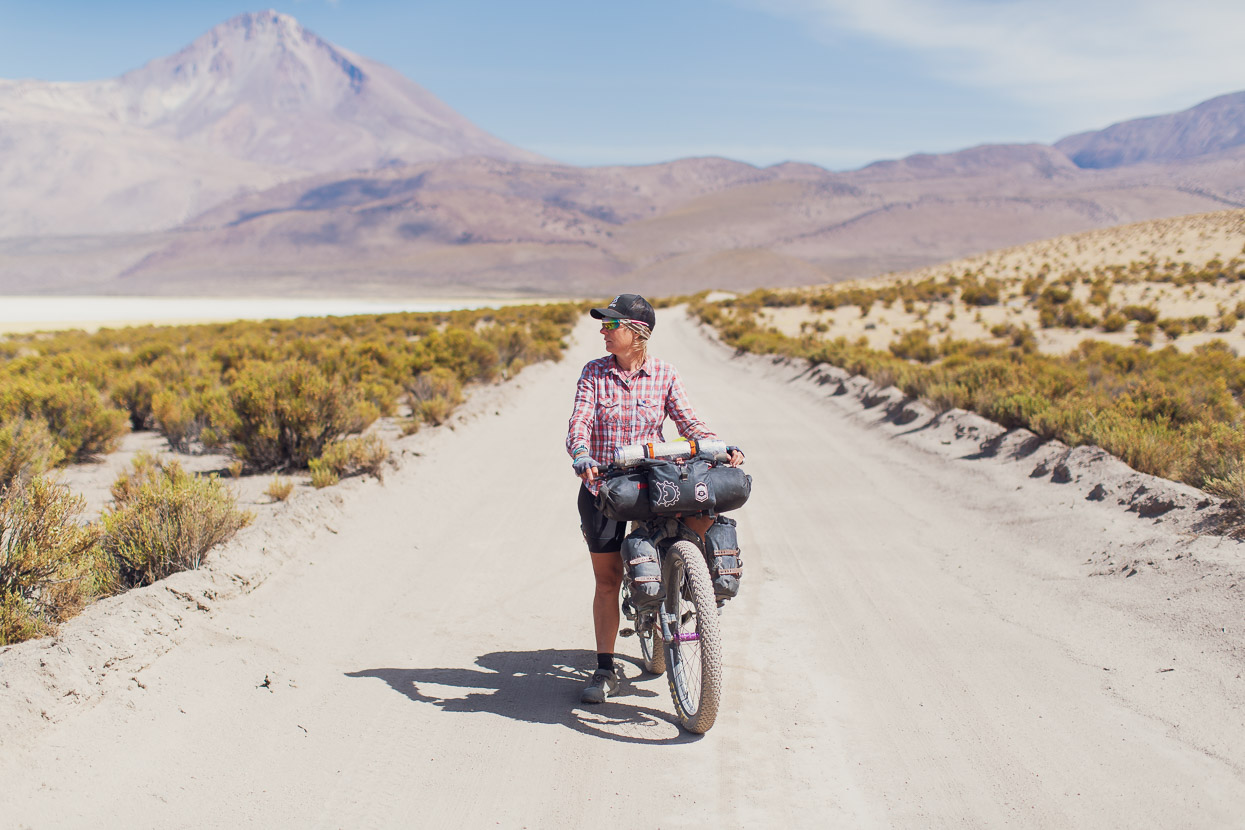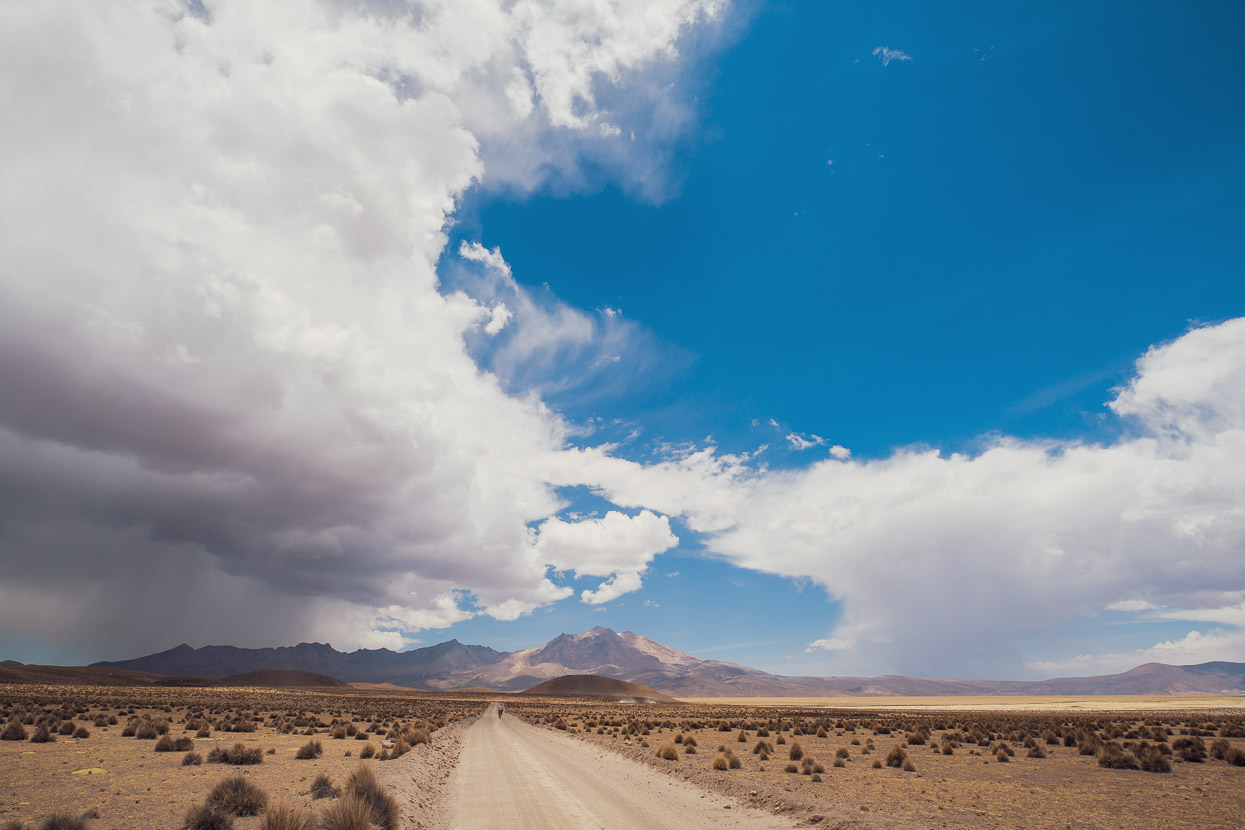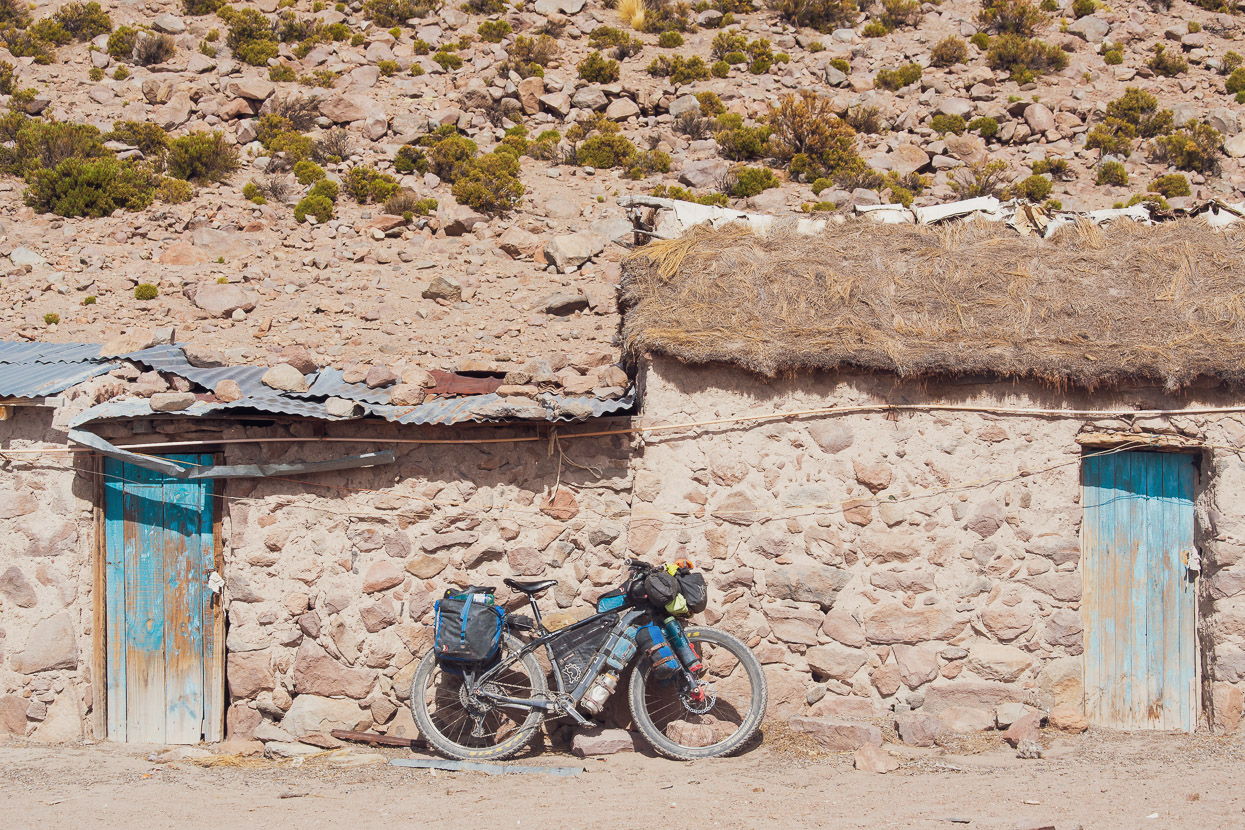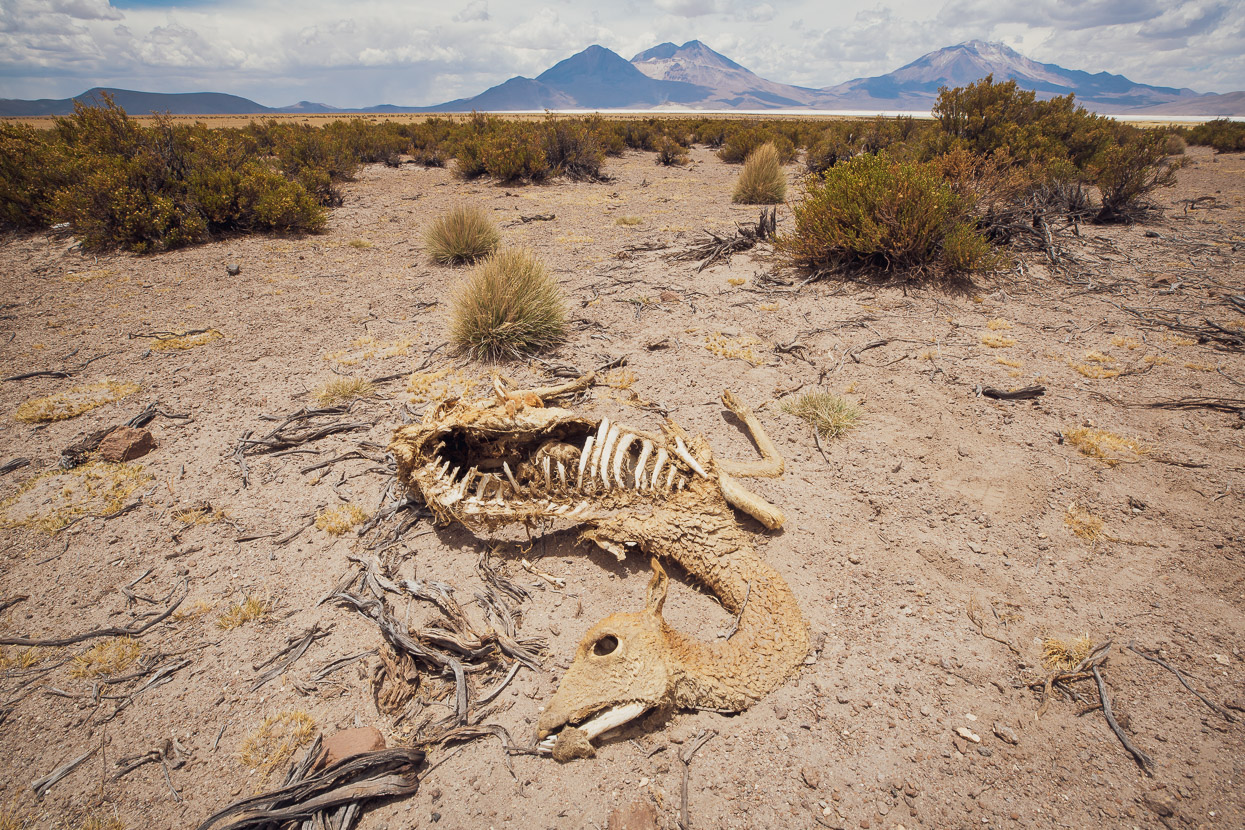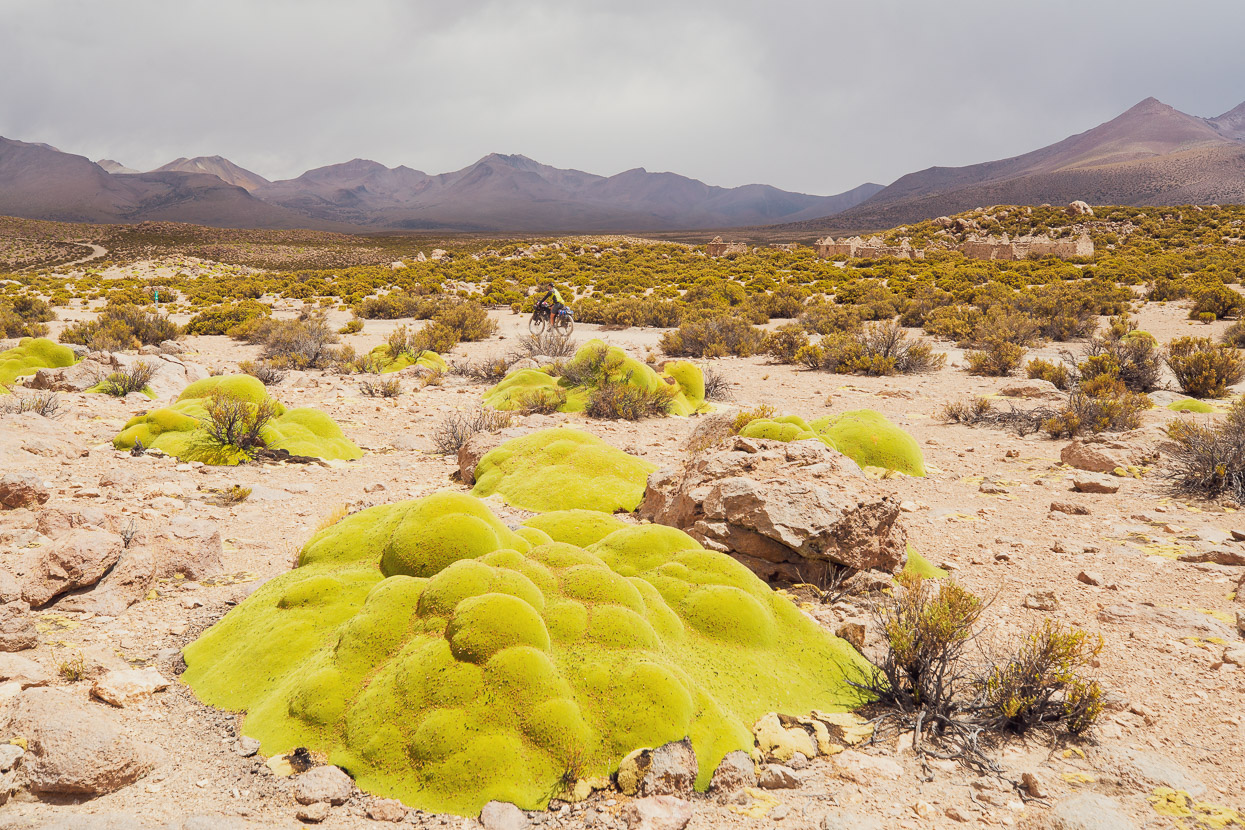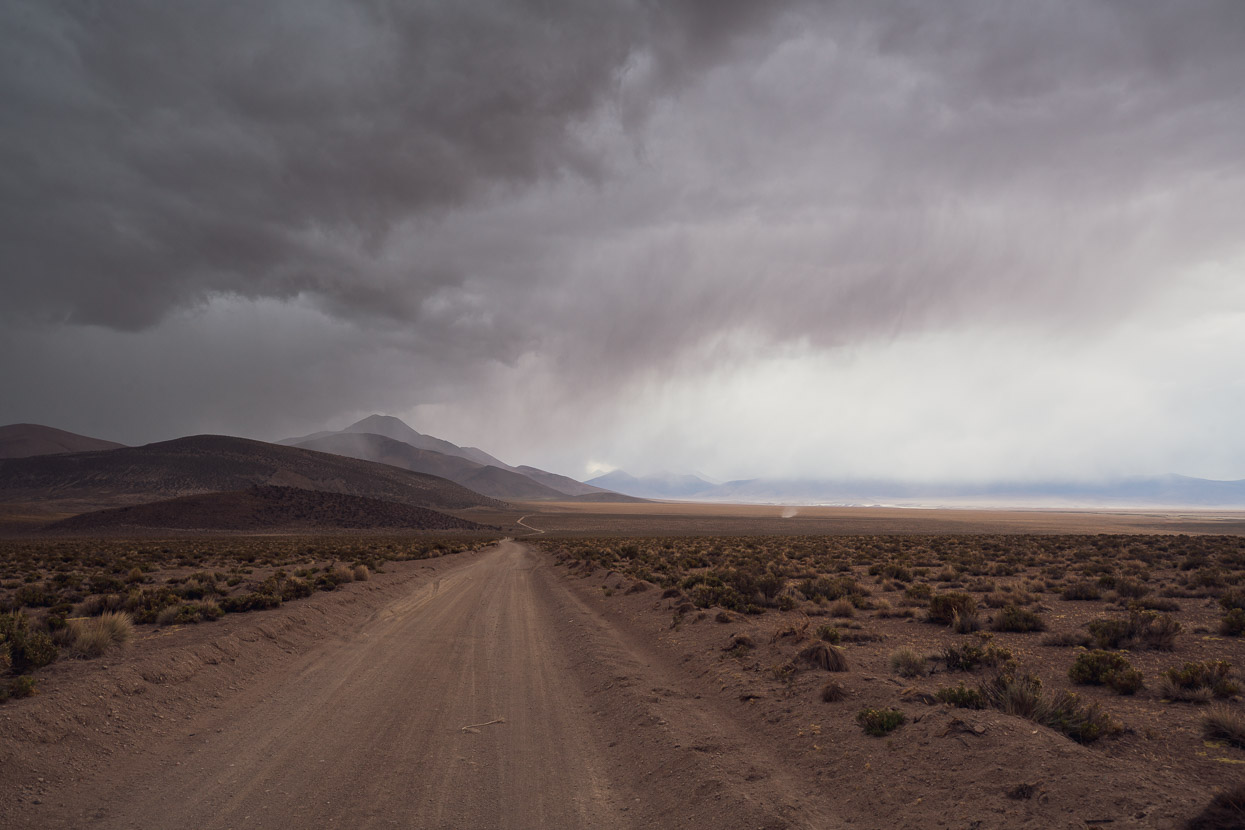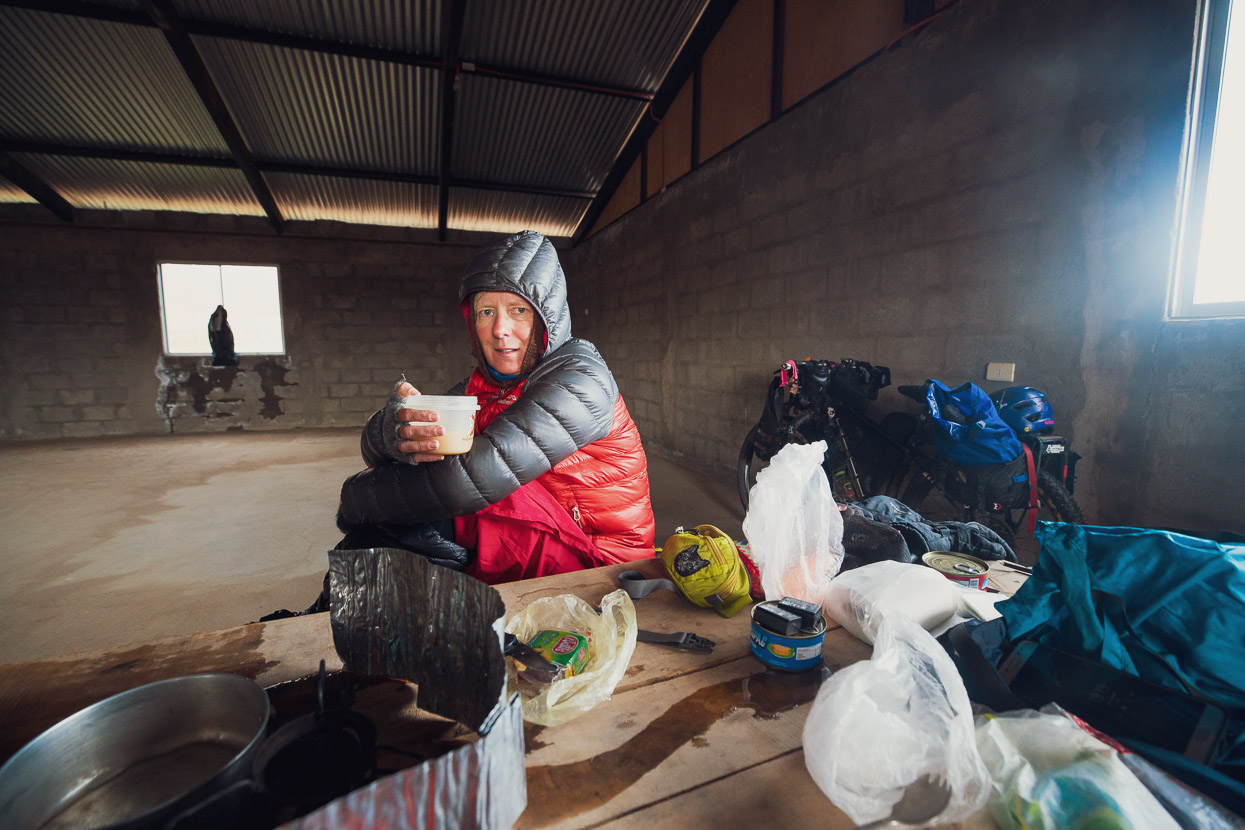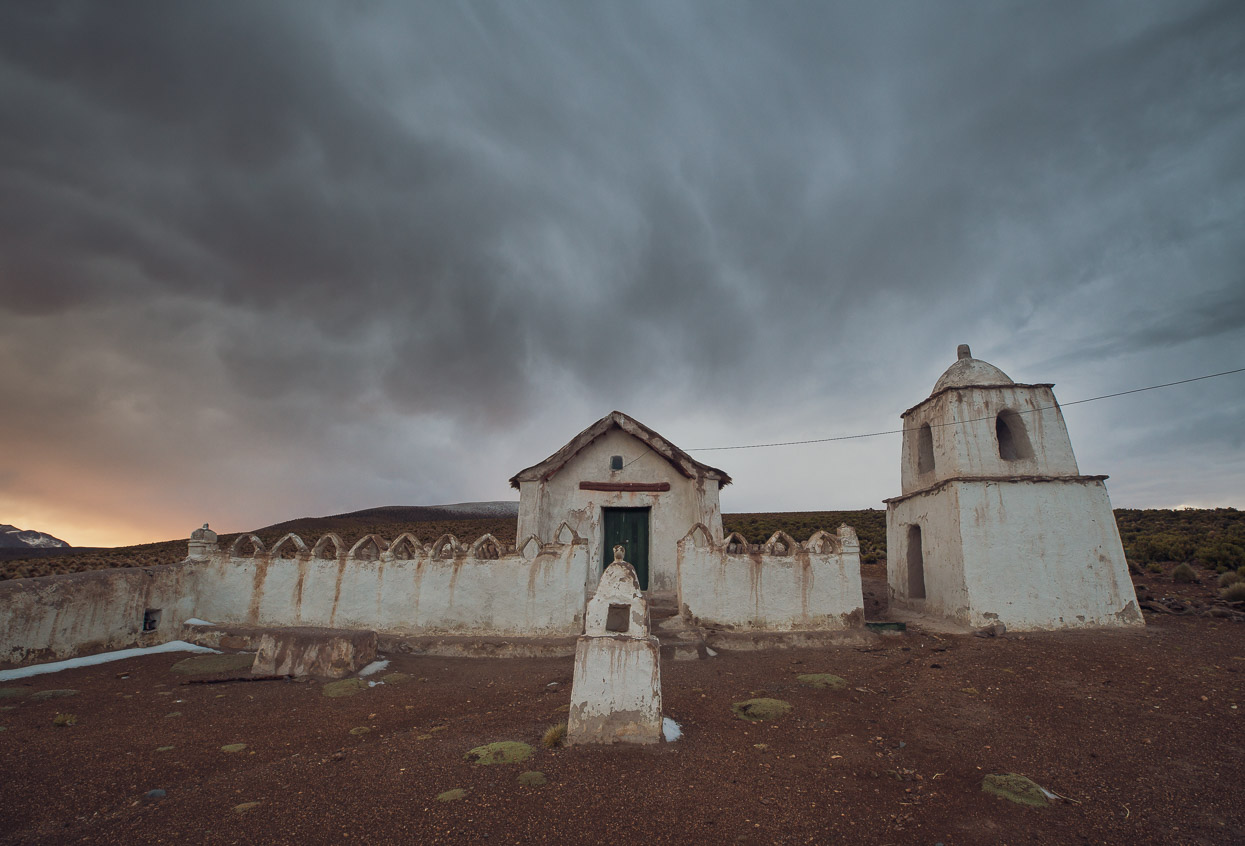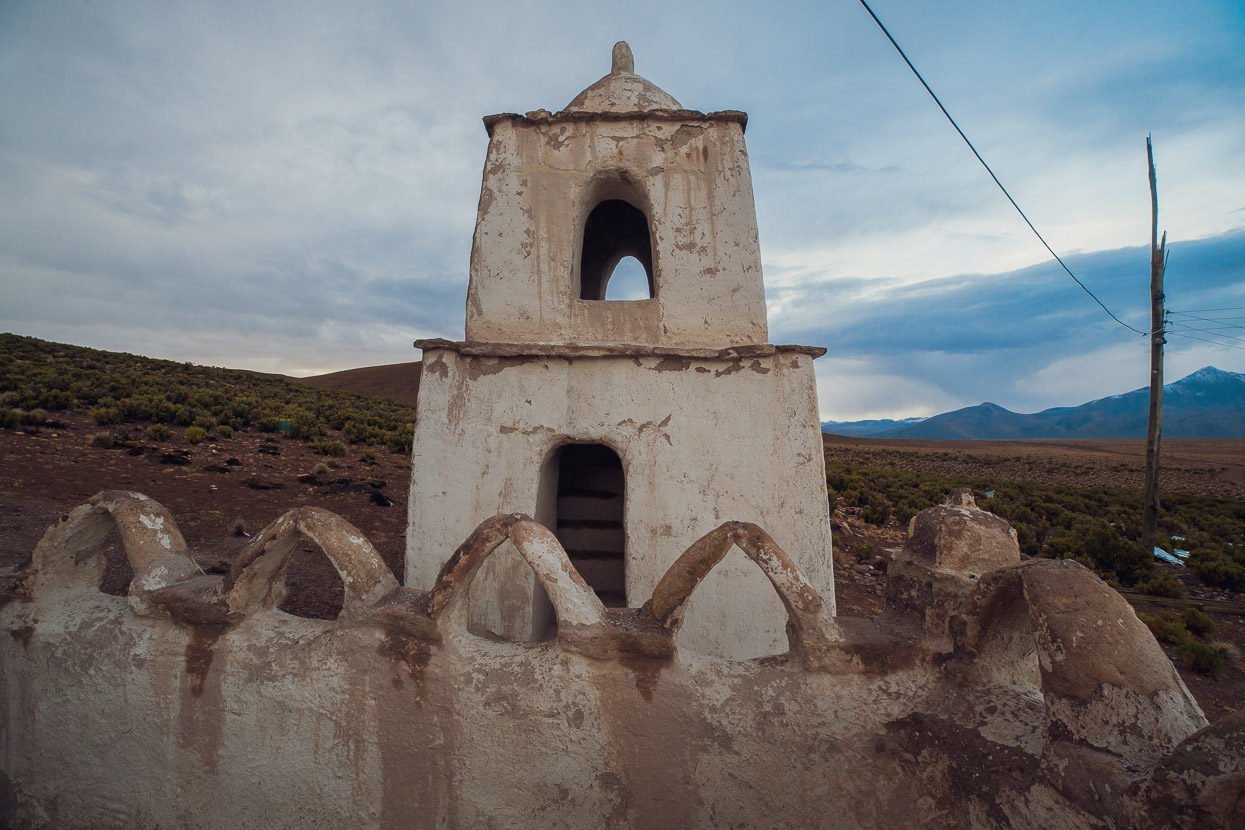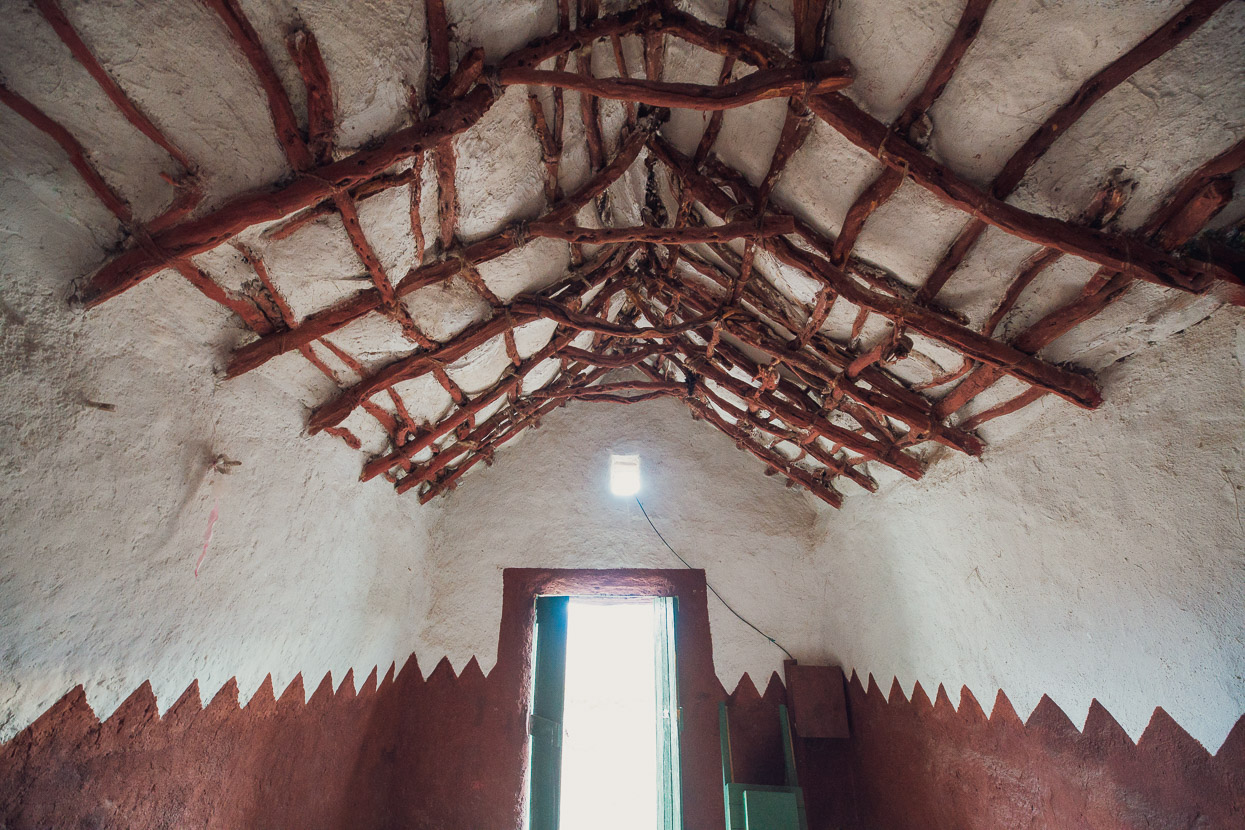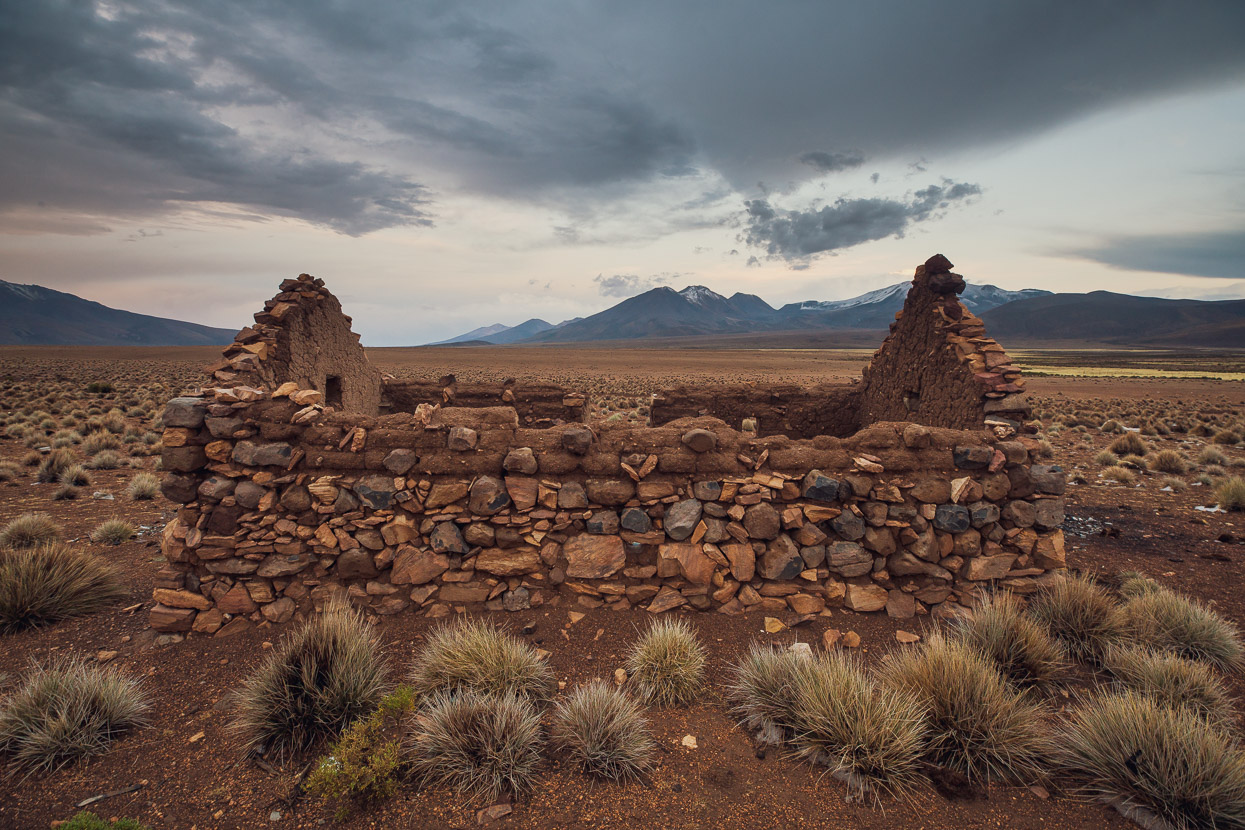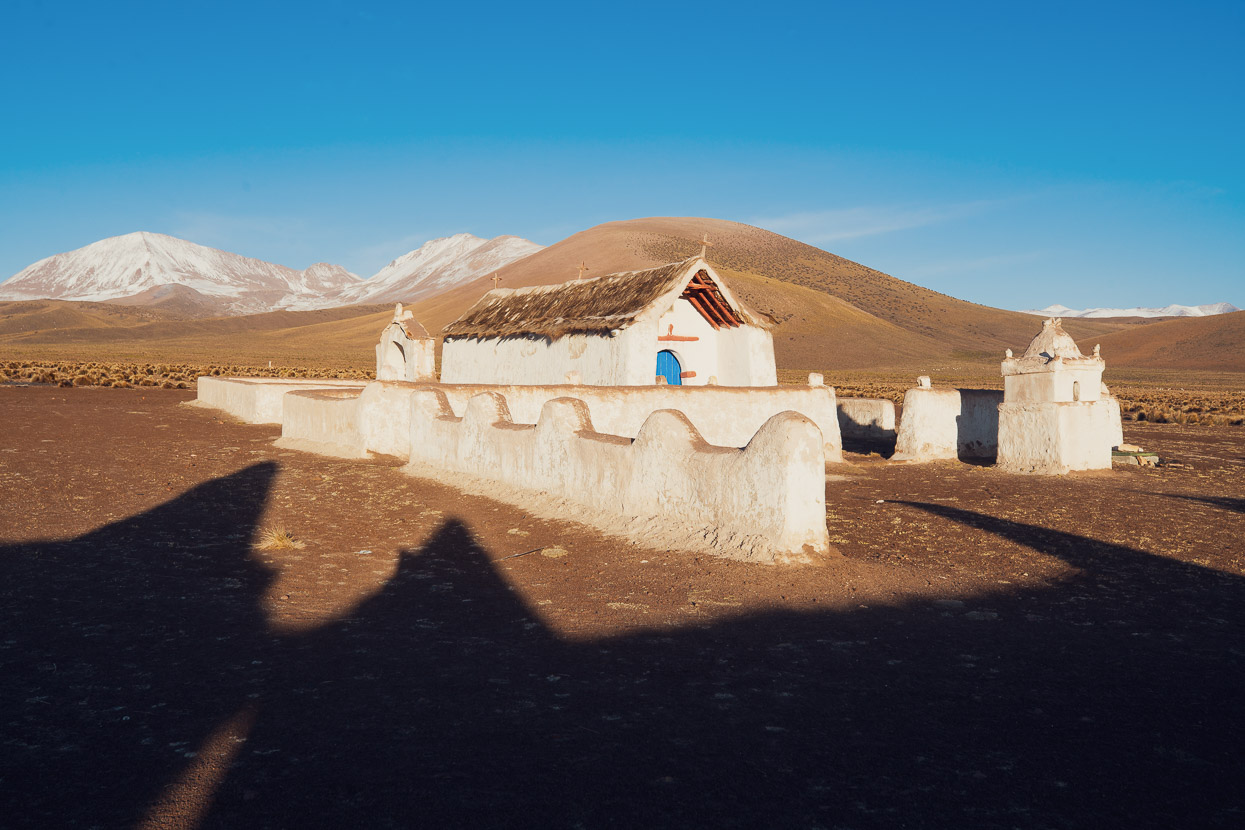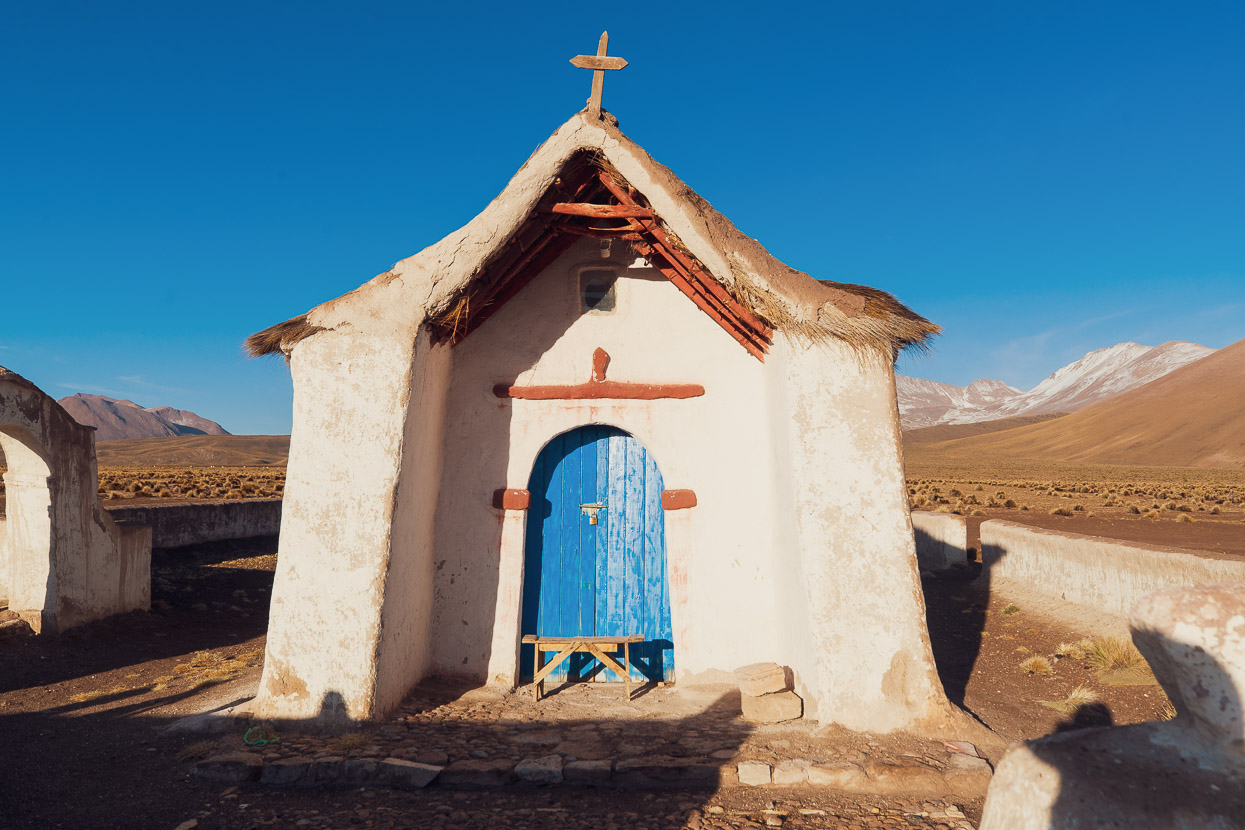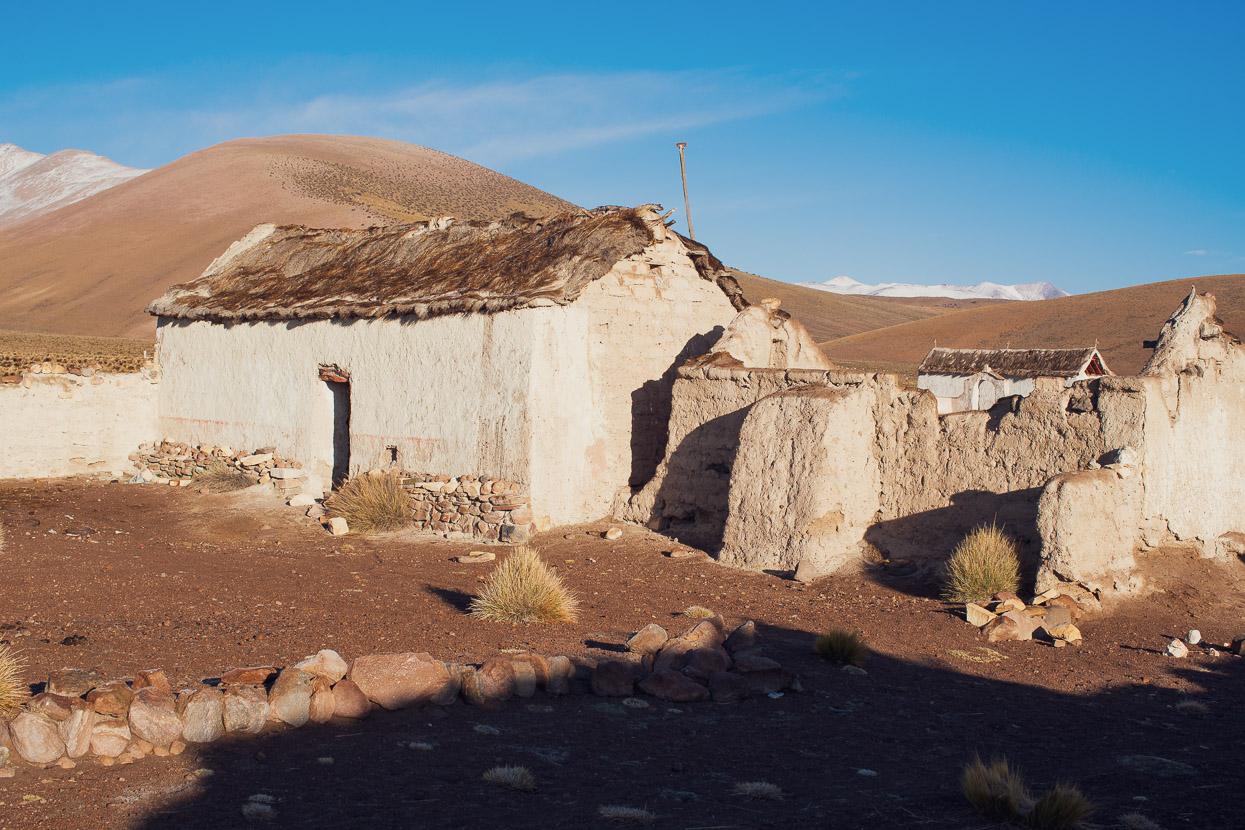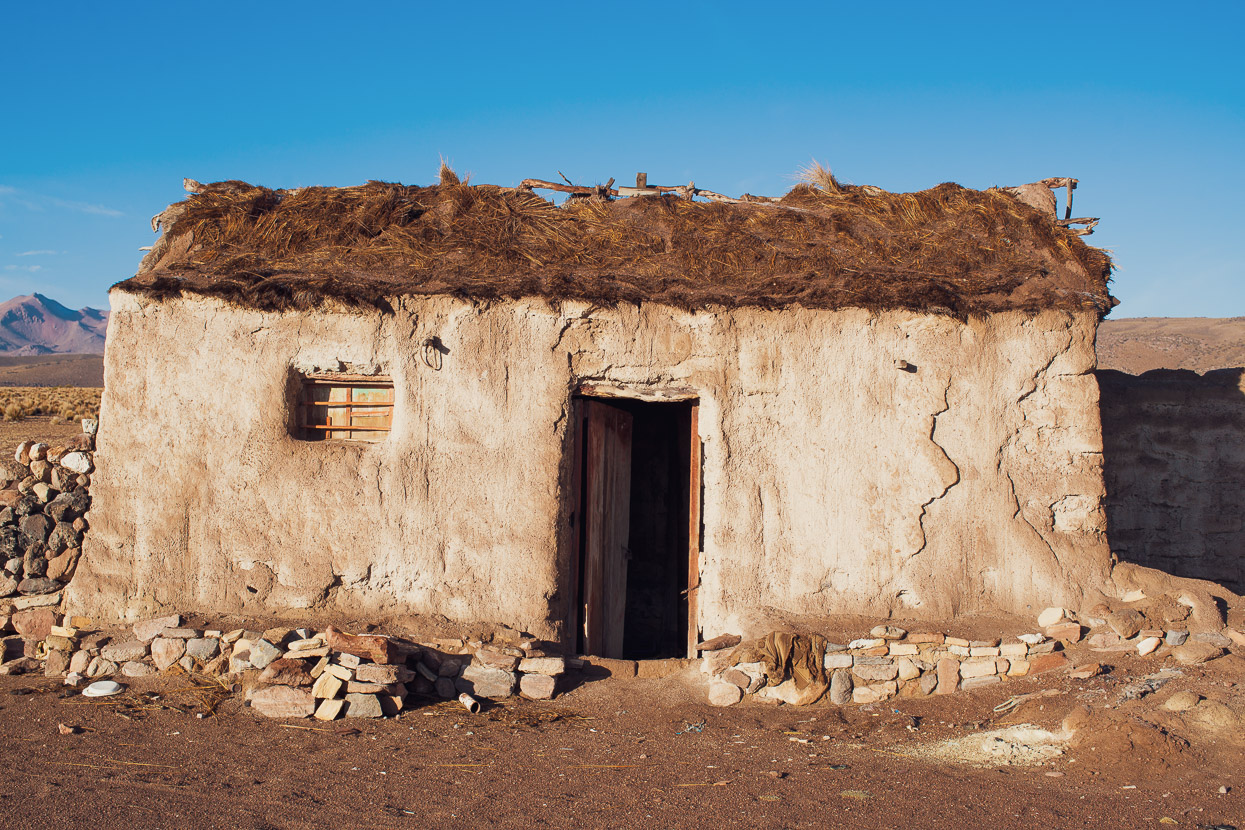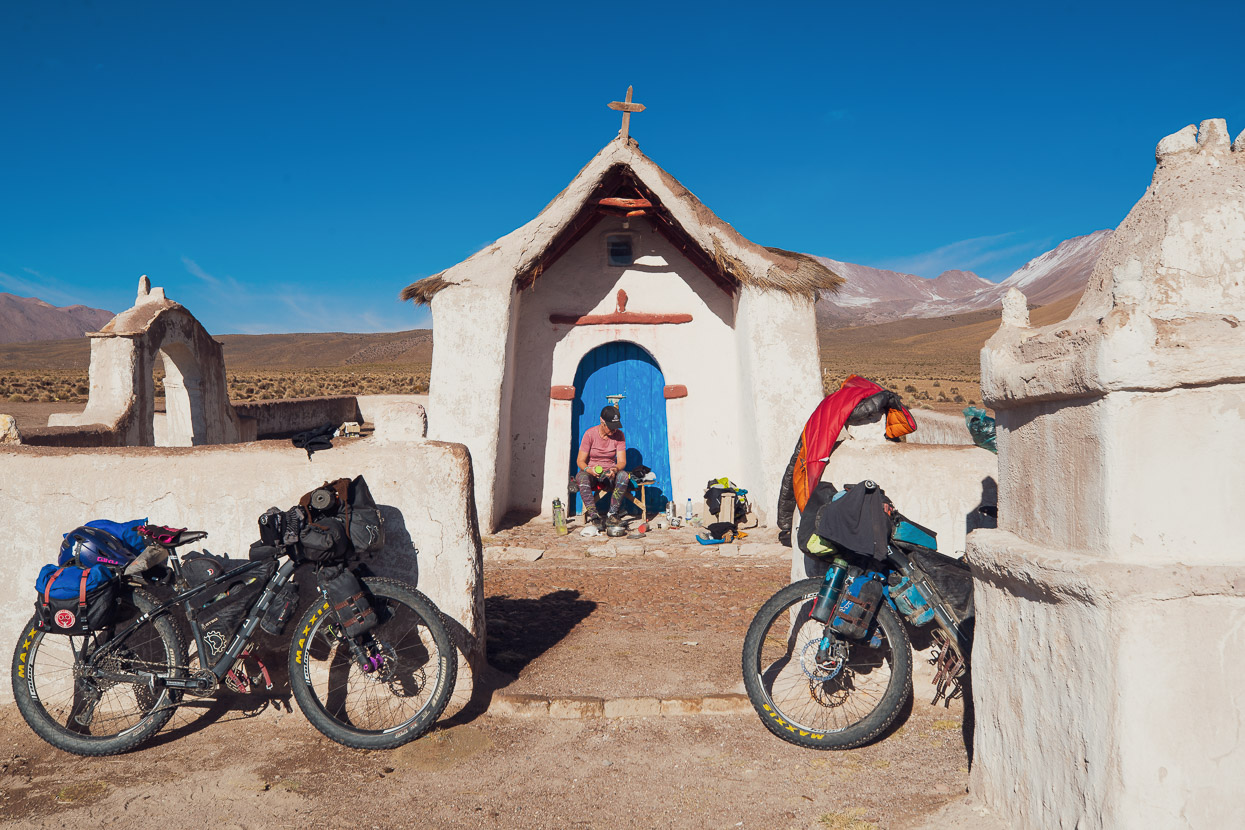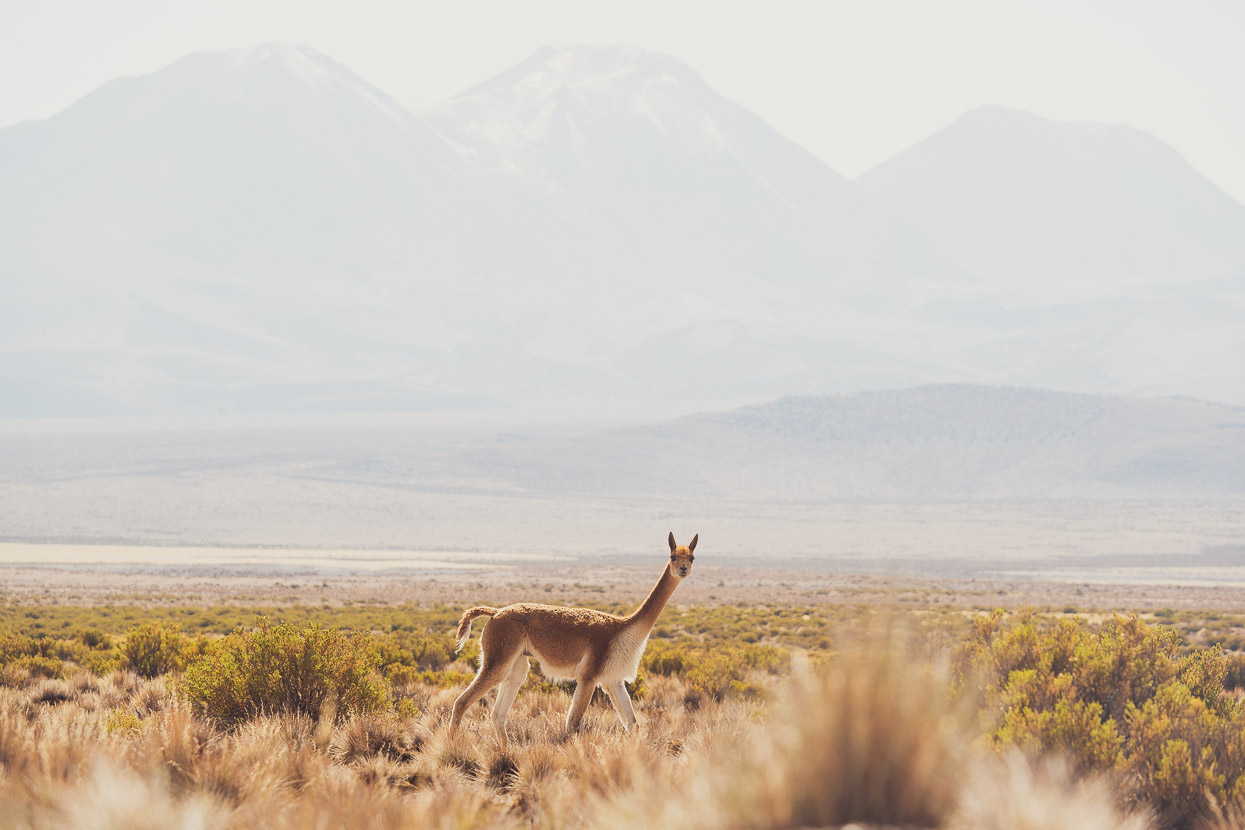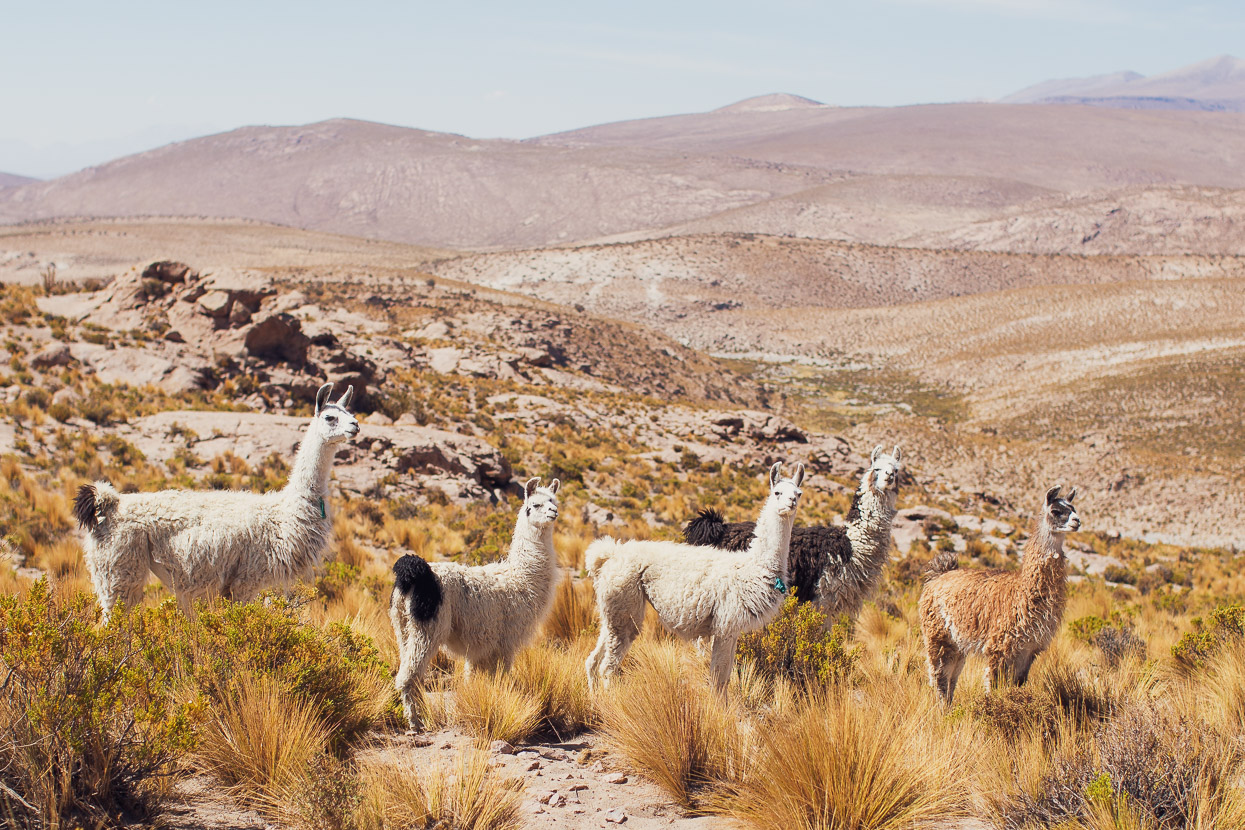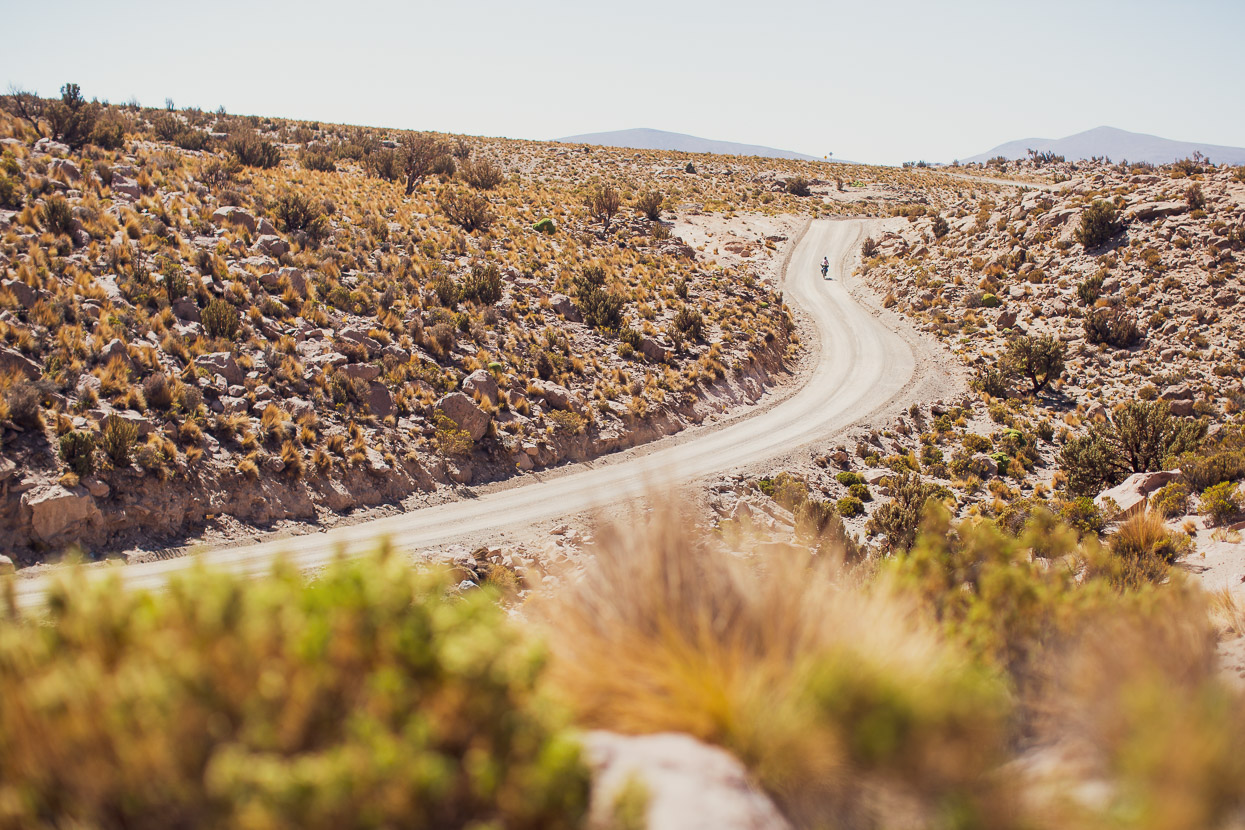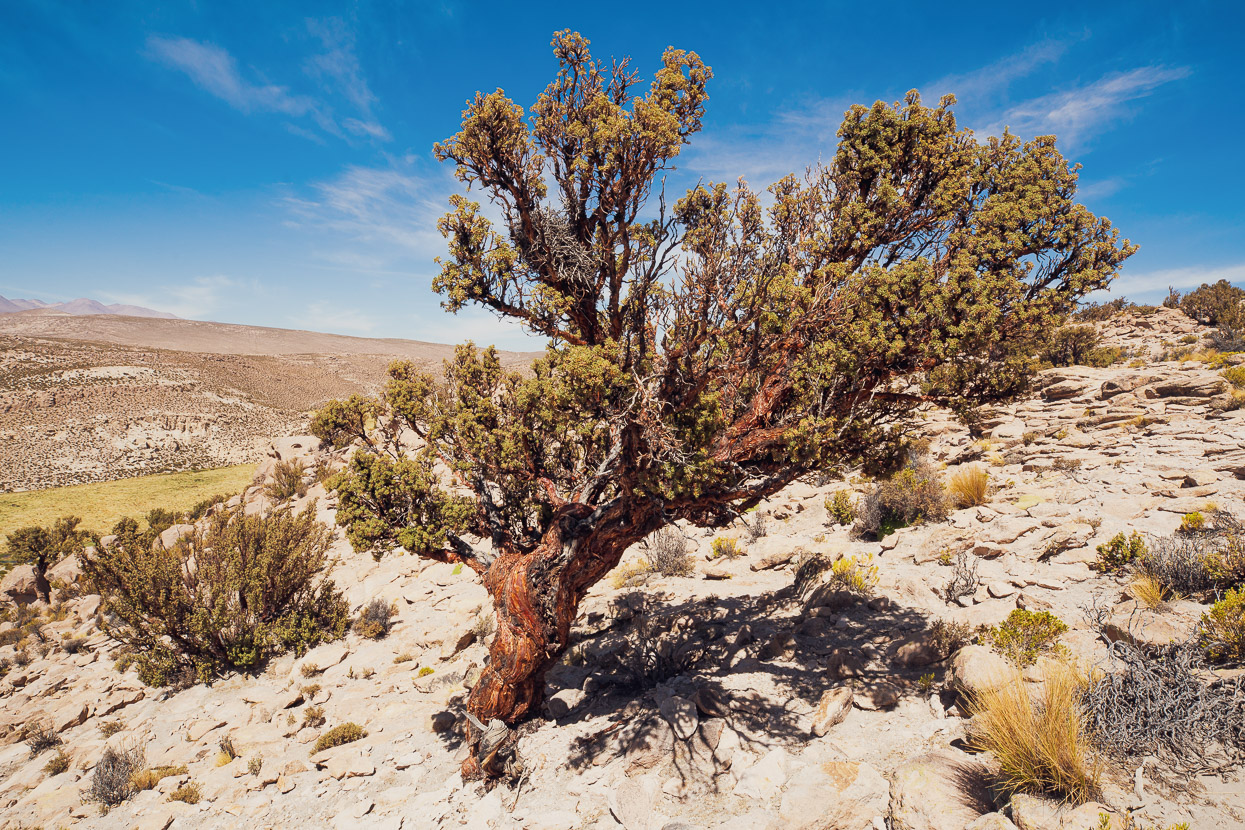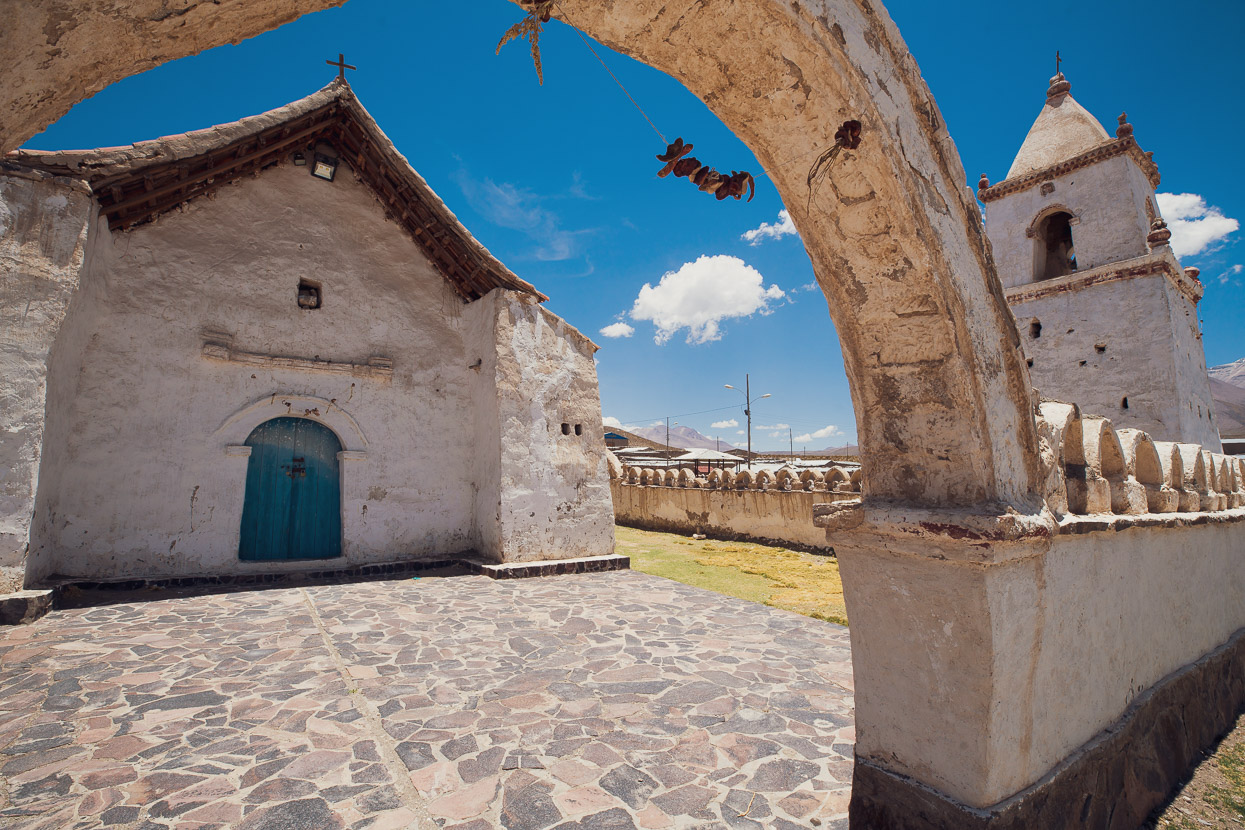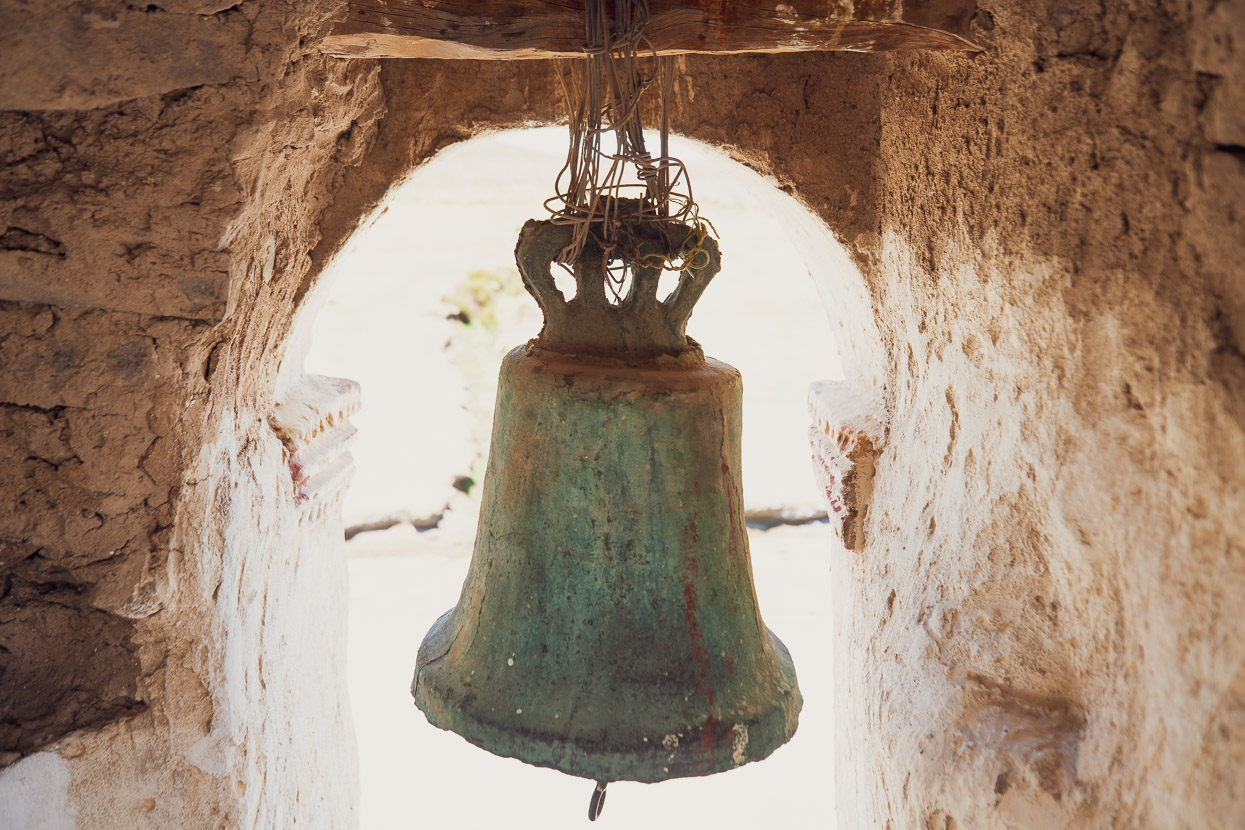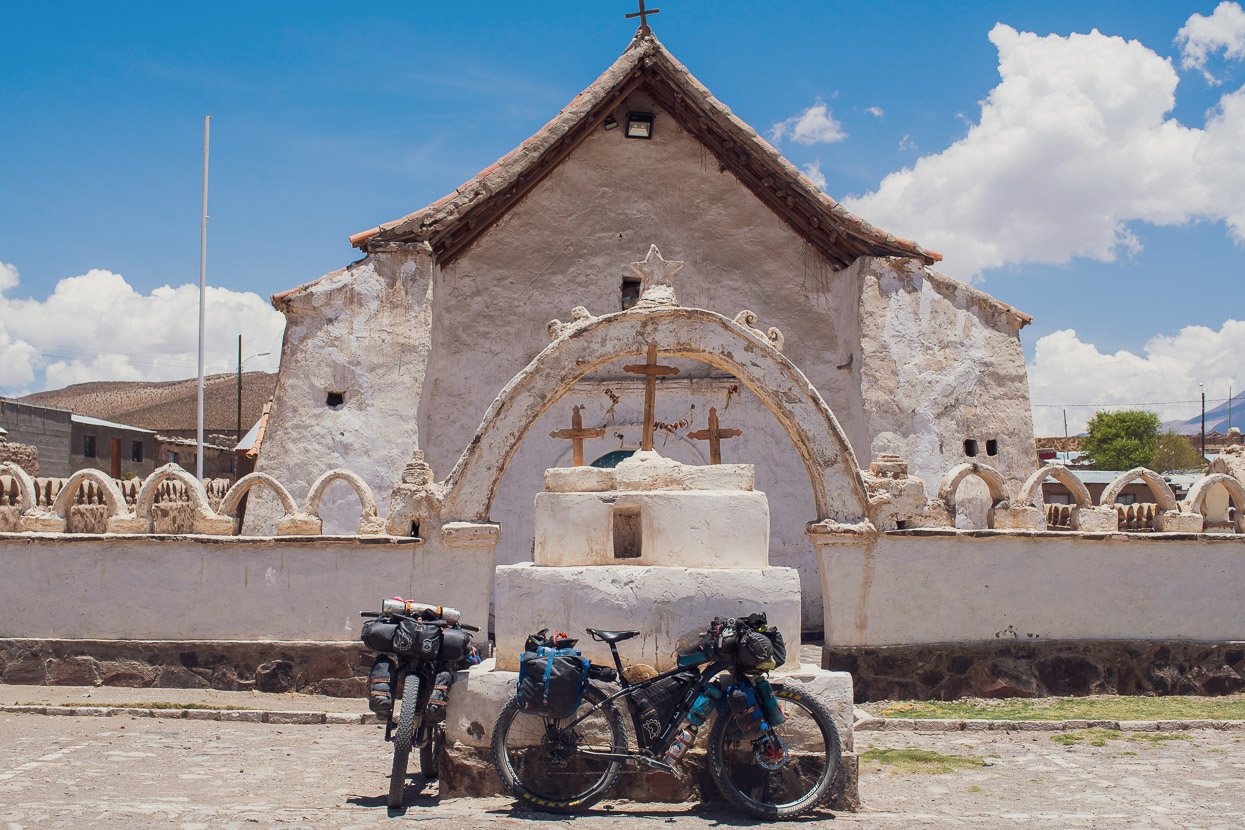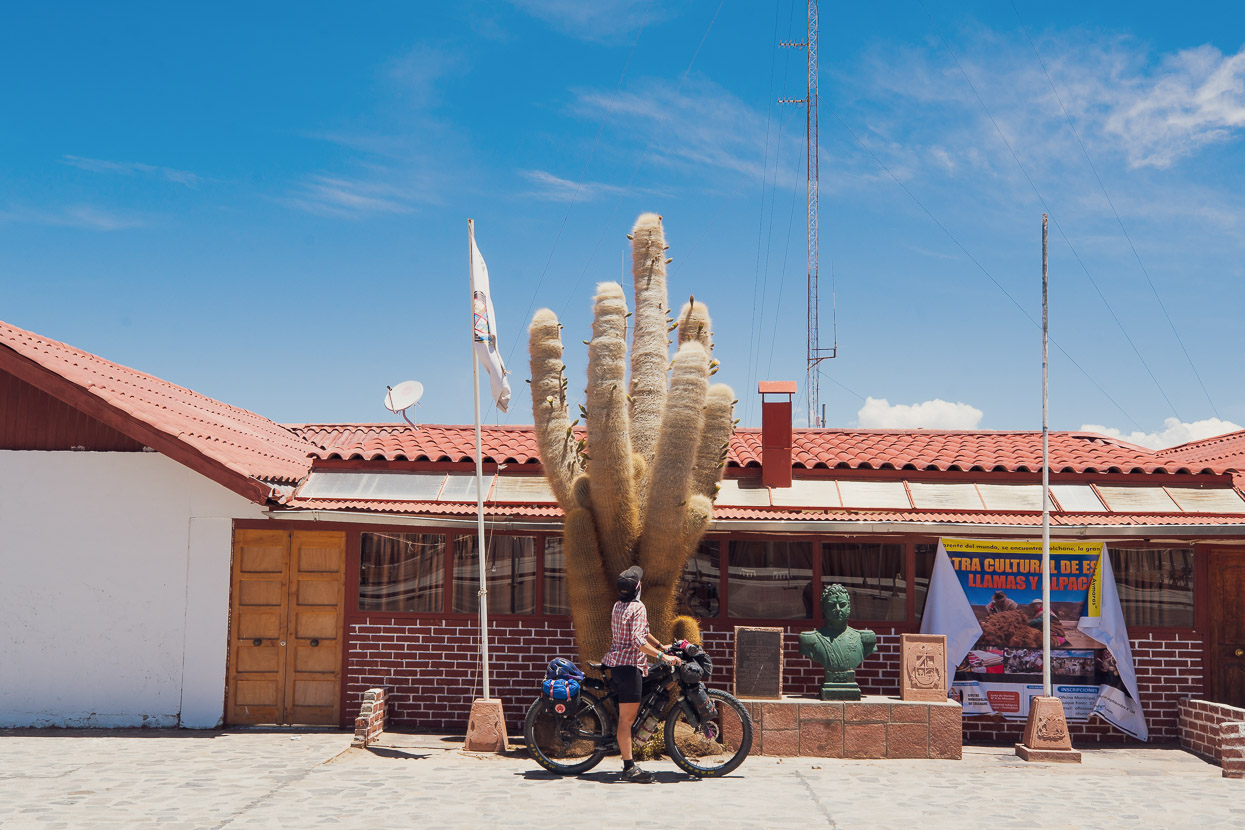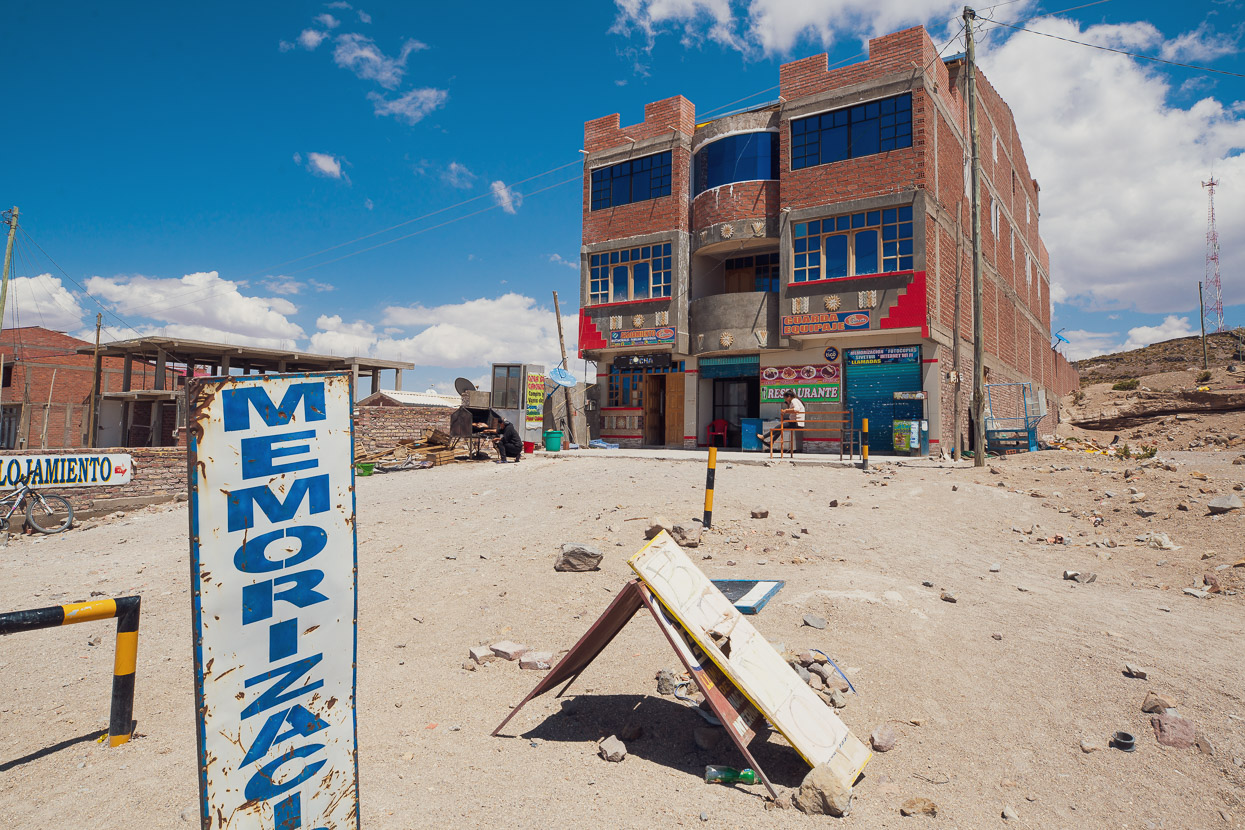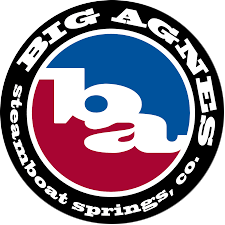south towards the salars
The Ruta de las Vicuñas had been on our radar ever since we’d seen Cass Gilbert’s beautiful photos in the route writeup found on Bikepacking.com. For us, and many others (the route is deservedly very popular among Trans-Latin America cyclists) it was a logical way to connect the Nevado Sajama and Volcan Parinacota regions with the northern end of the two biggest salars; Coipasa and Uyuni.
The flavour of the route is relatively straight forward riding (compared with the sawtooth terrain of the Andes Oriental at least) against a backdrop of snowcapped – and sometimes steaming – volcanoes. If in the previous post we’d just been dipping our toes into the Atacama Desert, now we were up to our nipples. It’s an exposed place to ride, the sun especially harsh; water scarce (but easily manageable with some forethought) and the thunderstorms rowdy, as they bring afternoon rain and hail to the puna with little to slow their winds.
But the rewards for cycling in such a place are to witness the special light and mood of the landscape, frequent bird and animal sightings and a deep sense of human history imparted by the crumbling, abandoned villages and characterful Jesuit Misíon churches. The formation of the land is a story in itself too; it’s a place that has been dramatically shaped by volcanic activity over millions of years and hewn by ice, wind and rain.
The route begins in the Chilean town of Putre with a 1000m climb to regain the altiplano. Shortly afterwards it turns south off the paved highway and begins its mostly dirt passage towards the Salar de Surire and onwards to the Chile-Bolivia border.
Already we were spotting herds of the route’s namesake camelid; the vicuña.
In the distance was Volcan Guallatiri (6071m), its summit fumaroles quietly belching steam into the afternoon sky.
We’d had a late start, so didn’t make it far that first day, stopping at the abandoned hamlet of Misitune for the night. We found a sheltered tent-site among some volcanic tuff outcrops and settled in for the night.
We poked around the weather-worn buildings in the morning, taking photos, but our oddest discovery was a mummified fox, alongside the remains of an equally dessicated vicuña.
A paved road was a surprise for the first part of the morning, undulating over shallow hills and gullies and past bands of volcanic cliffs.
There’s no resupply for most of the distance of the Vicuñas route, so we were stocked with four days food. We kept it pretty basic to save weight: crackers and tuna for lunch (with cheese for first 2 days) and dried potato or instant noodles with tomato salsa, tuna and minimal veges for dinner. Things that cook quickly minimise fuel use, which saves us weight, and we drink instant coffee to minimise water use.
As the afternoon dragged on a thunderstorm brewed up over the heights of the volcanos, but we were lucky and bore no more than a few spits of wind blown rain.
Right before sunset we rolled up to the shore of the Salar de Surire – an expansive salt lake. Just before the lake there is a police station where we filled our bottles. You might wonder why there was a police post in the middle of nowhere, but smuggling is quite common along this border region so there is heightened security.
The salt flats and lakes in the Atacama are the breeding grounds for three different kinds of flamingos. They quite often congregate near the shore, but they’re very nervous of intruders so it’s hard to get good photos of them without a 600mm lens! This shot was severely cropped.
A herd of wild vicuña were milling around on the salar. I’m not sure why they go out there, because there is nothing to graze on, but perhaps it’s a survival instinct to go to a clear area with no cover for prowling pumas during the mornings and evenings. Or maybe they just love wide open spaces and nice light as much as we do.
Camp for the night was right by the edge of the salar, with some low scrub for wind shelter. Part of this salar is actually lake, not just dry salt and further towards the centre it’s being mined. Aside from salt itself, the salars are a rich source of lithium.
Later that morning we found several dead giant moths scattered near the road. Carried here by a storm perhaps, or of the area – we weren’t sure.
Although it was mid morning we could not resist a dip in the Termas de Polloquere. These hot springs emerge from the ground in a big steaming pool that cools as it flows towards the salar’s lake. The temperature is absolutely perfect and you can sit on the pond floor and be up to your neck in hot water – so good! This would make an excellent campsite as there is also a shelter wall and picnic table, but note: there is no freshwater.
We’re constantly reminded of the harshness of this environment by the abundance of stark sun bleached animal skeletons and mummified carcasses. Definitely more per square kilometre than any other part of our ride.
But there’s always beauty just around the corner too.
We climbed the highest pass of the ride (4720m) under darkening skies and by the time we were halfway down the other side we were engulfed in a full blown thunderstorm. Deafening thunder rolled around us and lightning stabbed from the sky. We were lucky that the gale force wind was behind us as we sped across the pampa at the bottom of the pass with hail drilling into our backs. One slash of lightning seemed to explode right in front of my face and I had to turn around to make sure Hana had not been sizzled. After 30 minutes of this we were getting pretty cold. We knew there was an abandoned village ahead so we pressed on for it, stopping on the way to fill our bottles from a stream shortly before.
The village was indeed abandoned, but an unlocked (and partly derelict) community hall provided us some shelter right when we needed it. There was nothing inside except a crude table and two bench seats, but for us it was a luxury just to have dry shelter so we made ourselves at home for the night.
After about an hour the storm petered out so we emerged from our shelter in the cooling evening. Slightly uphill from the hall stood an ancient Jesuit misíon church, in a design of which we have become quite familiar since entering the Atacama Desert. If there is an icon of this region apart from volcanos and vicuñas, it has to be these distinctive adobe churches.
Just two kilometres down the road there is a second, smaller, abandoned village, with a more beautiful church of its own. We rose early to catch the morning light down there and rode down to take some photos before breakfast. After we’d finished, the porch of the church made a nice sun trap for our desayuno.
Aside from a convoy of smuggler’s vehicles we’d heard drive past during the night, we’d seen virtually no one. But there were plenty of vicuñas and llamas for an aloof form of company.
A morning of rolling but mostly descending riding saw us leave behind the heights of the vicuñas route, passing more bouldery landscapes, polylepis trees and lots of alpacas and llamas as we dropped into a more populated region.
Finally we joined pavement and rode a few easy kilometres into Colchane, the Chilean border town. There was little to report from here, except that we saw some impressive cactus and were able to buy some chocolate bars, pasta sauce and instant noodles in a poorly stocked tienda (the only one) there. There was a pretty good restaurant though so we had a menu del dia lunch of soup with a segunda of llama and rice with vegetables before making the border crossing back into Bolivia, where we’ll be for the next three weeks before leaving for good into Chile.
The Ruta de las Vicuñas officially ends in Coipasa, another half day’s riding towards the salars, but seeing as we’re now back over the border it makes sense to conclude this post here. The next one will cover both the Salar de Coipasa and Salar de Uyuni across to Uyuni township.
Once across the frontera we were in the Bolivian border outpost of Pisiga Bolívar, which is really just an extra big truck stop. We wanted to rest and have a bed for the night, so we checked into one of the alojamientos in town, did a resupply shop (there are two reasonable tiendas – much better than the Chilean side) and took the following morning off before making a quick afternoon ride to Coipasa.
More to come when I get internet again!
Do you enjoy our blog content? Find it useful?
Creating content for this site – as much as we love it – adds to travel costs. Every small donation helps, and your contributions motivate us to work on more bicycle travel-related content.
Thanks to Otso Cycles, Big Agnes, Revelate Designs, Kathmandu, Hope Technology, Biomaxa and Pureflow.

